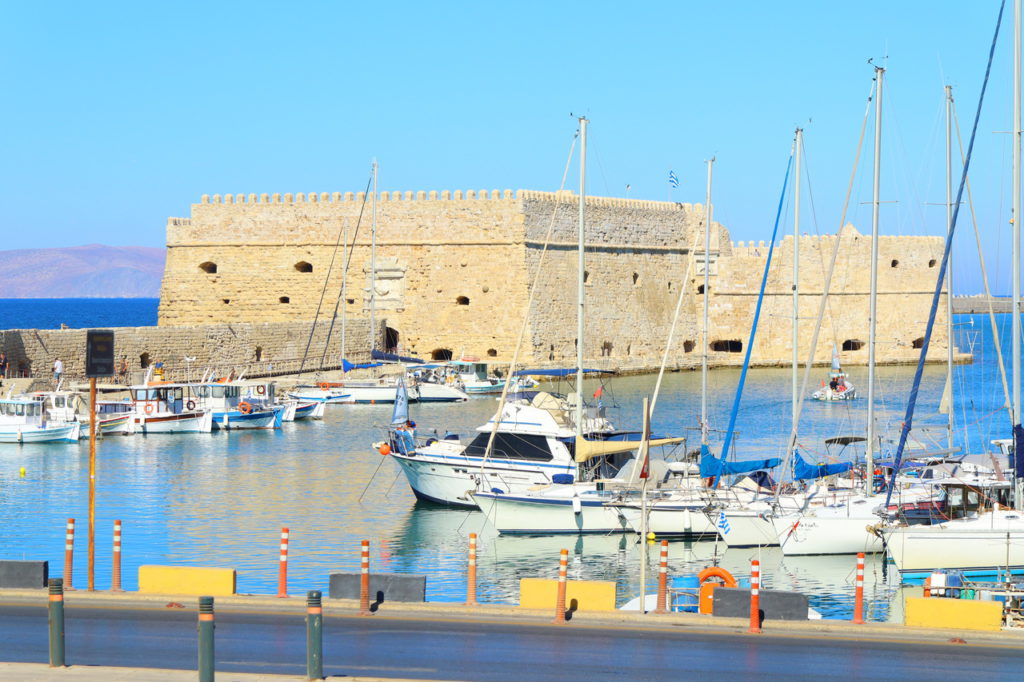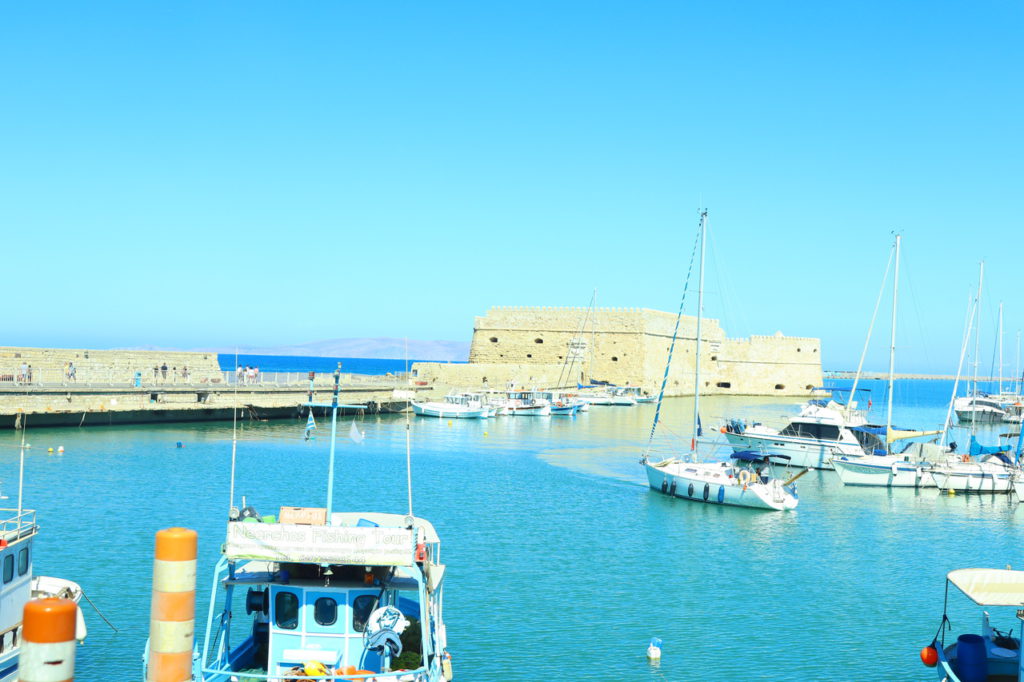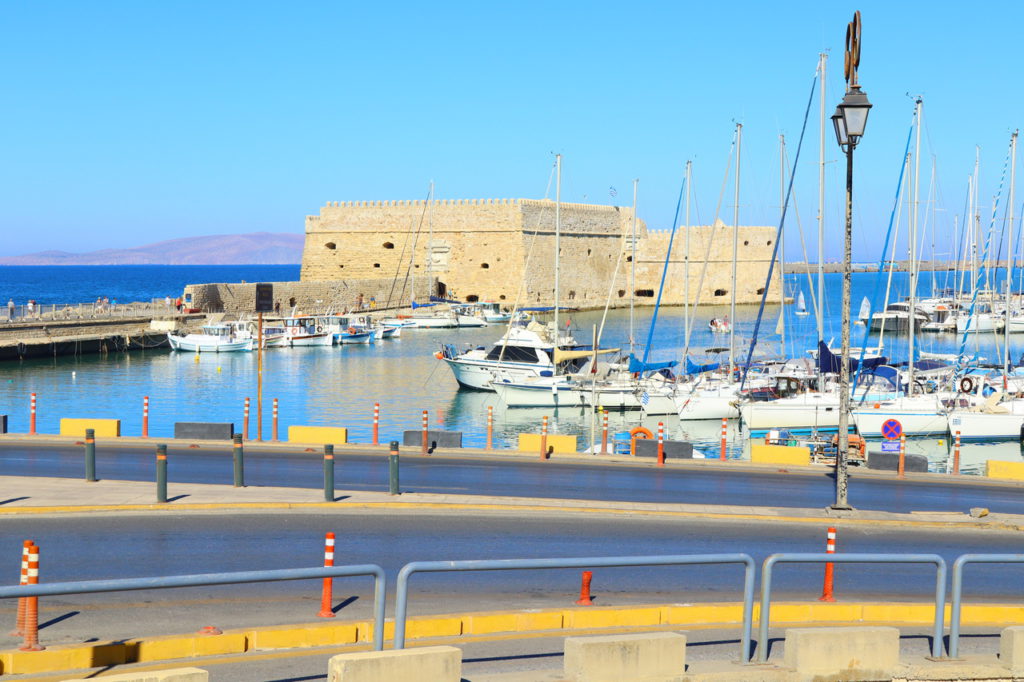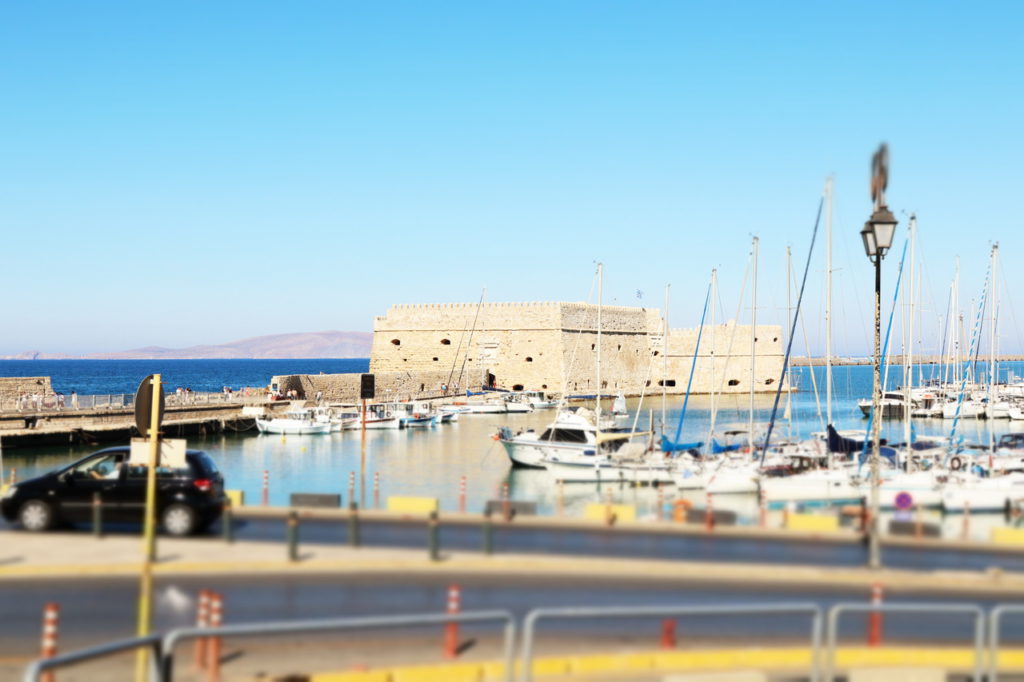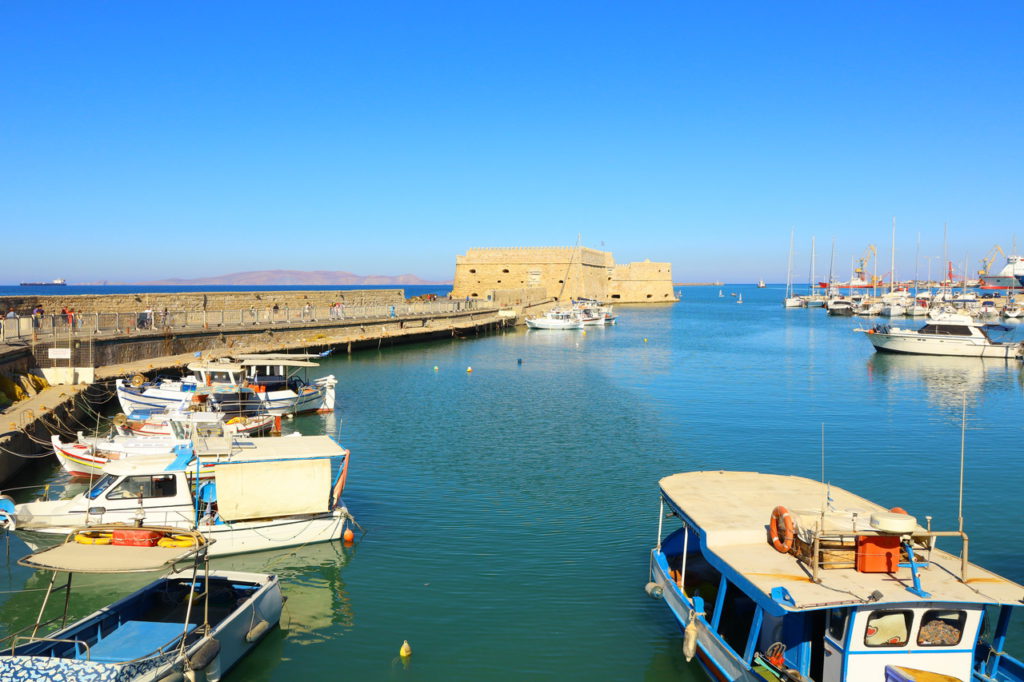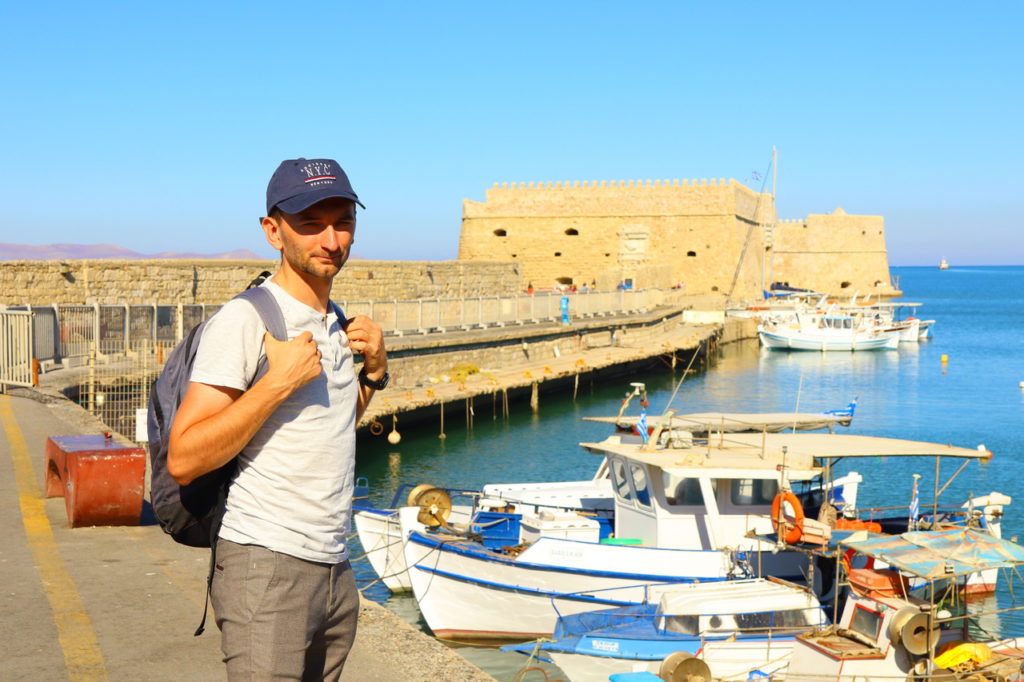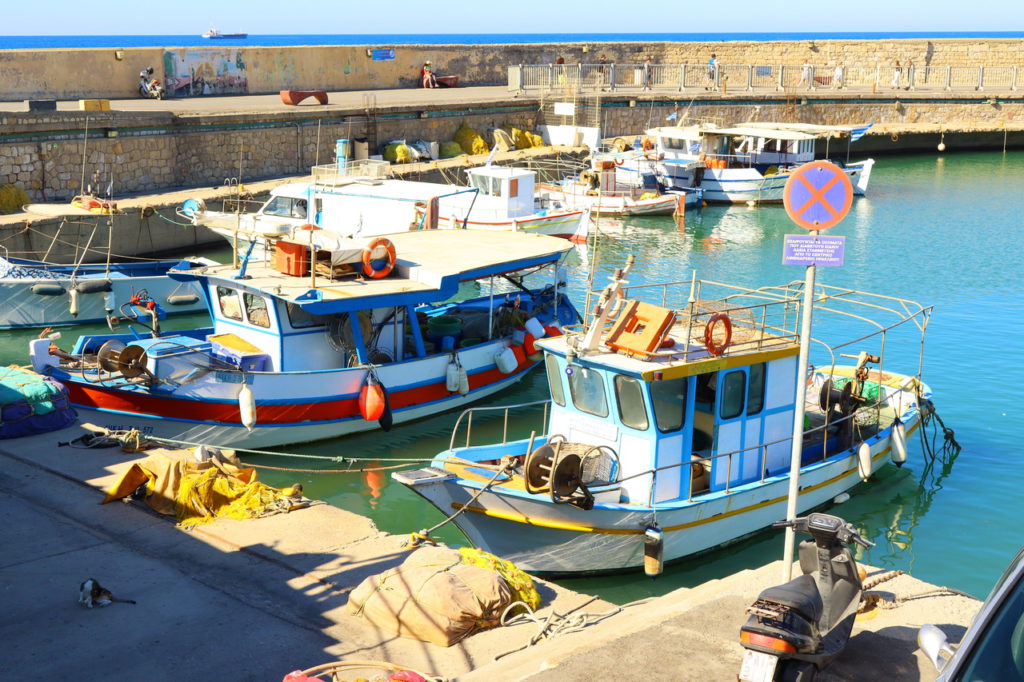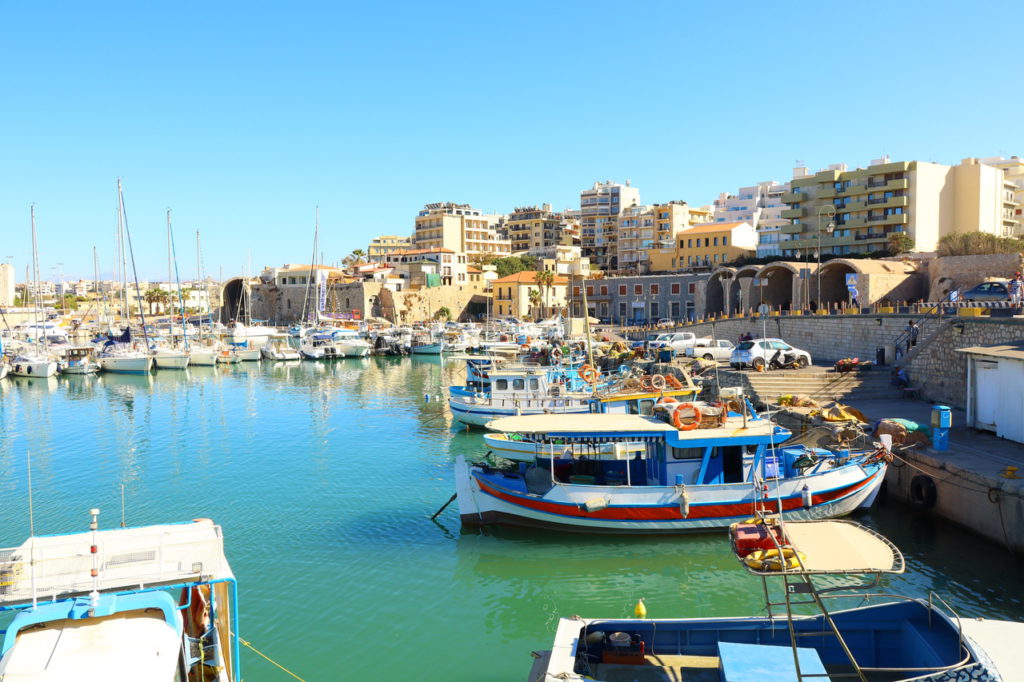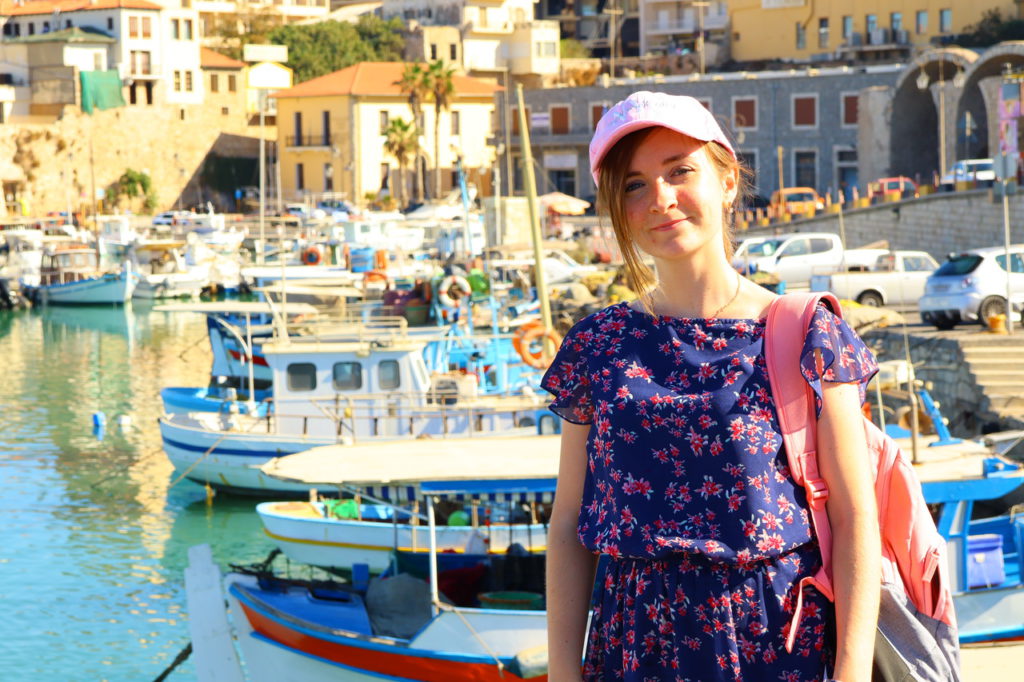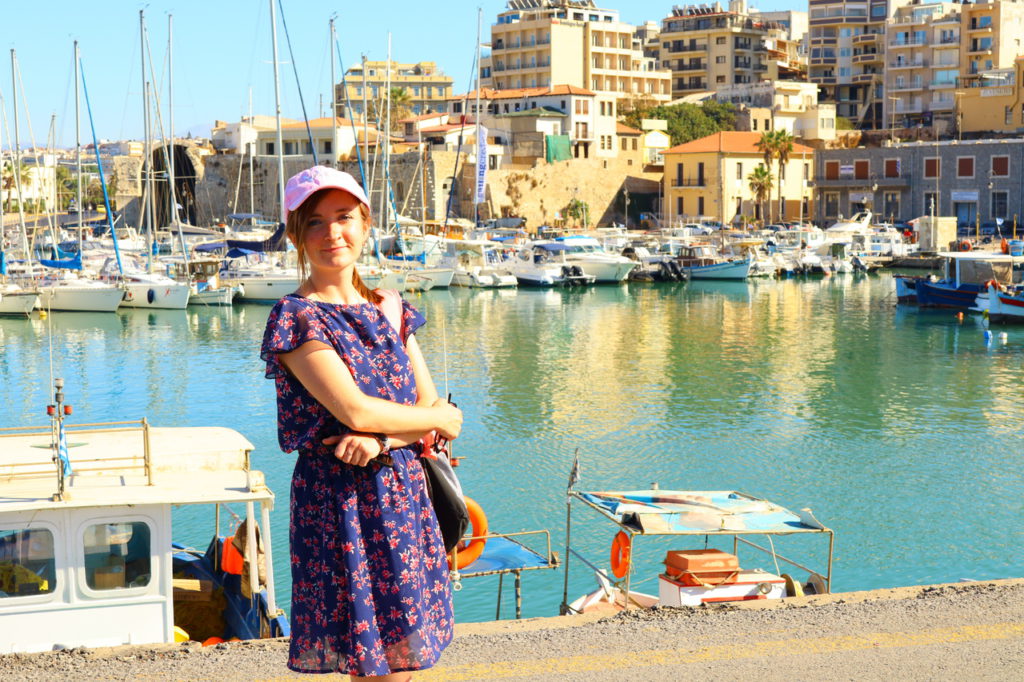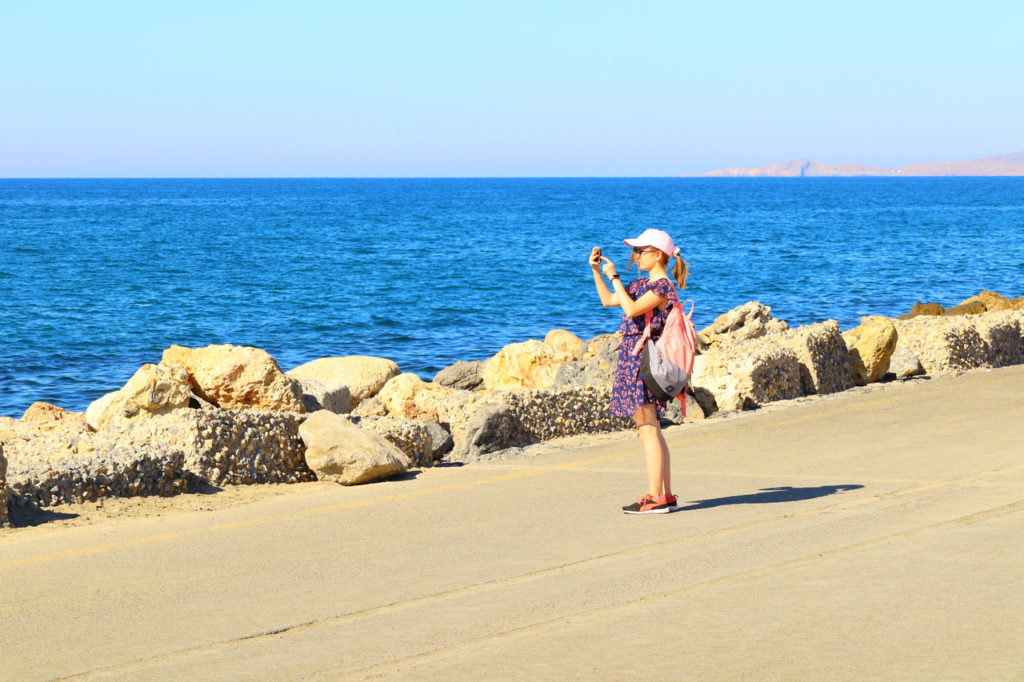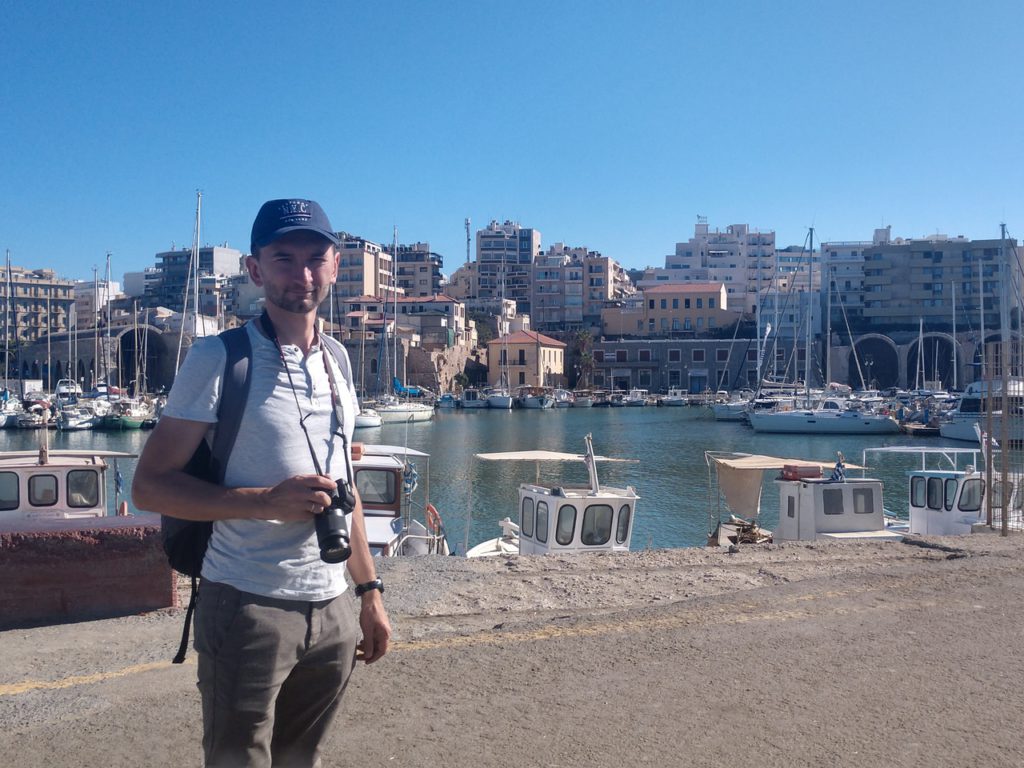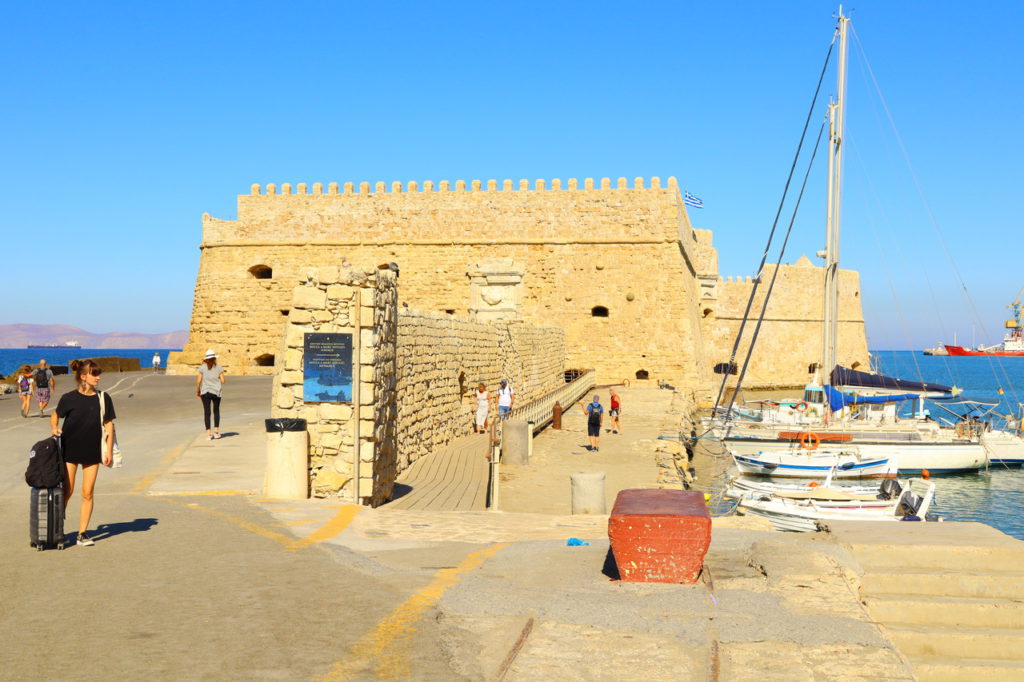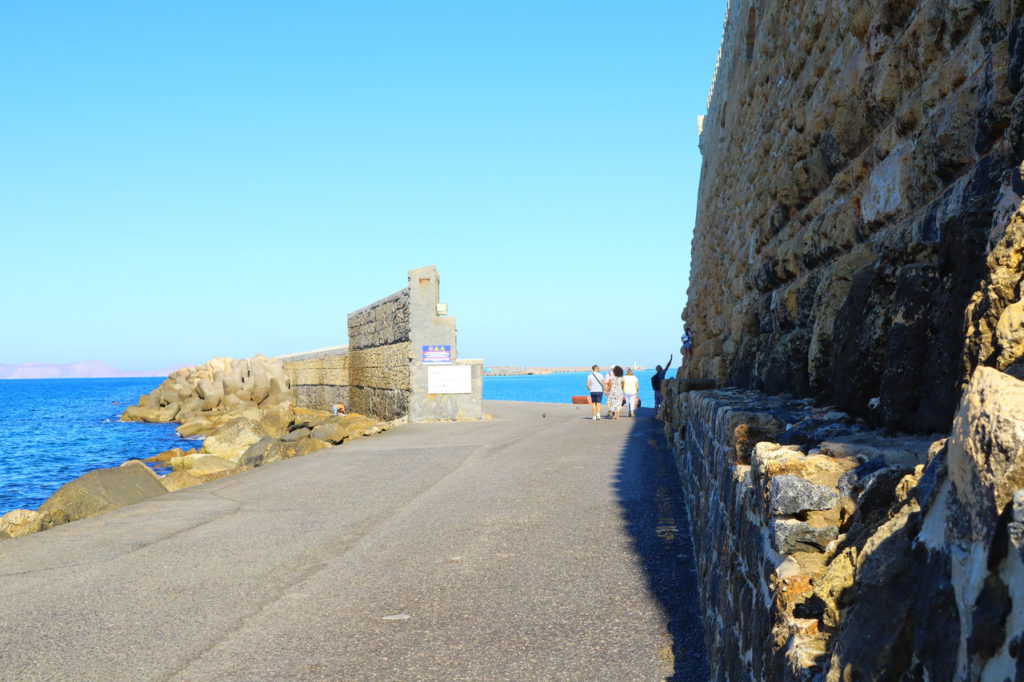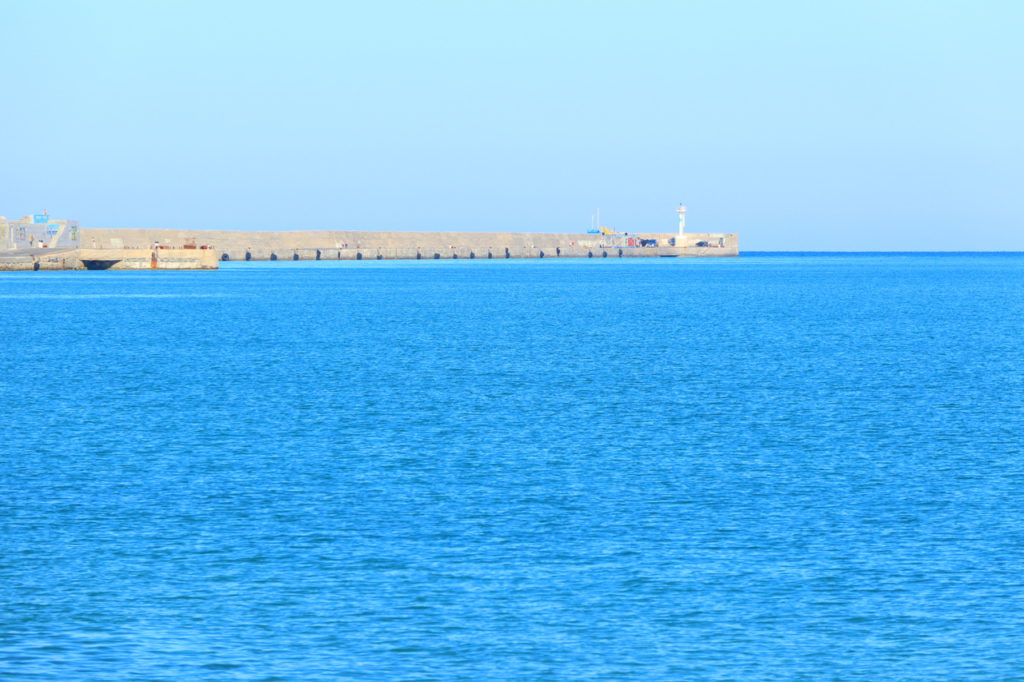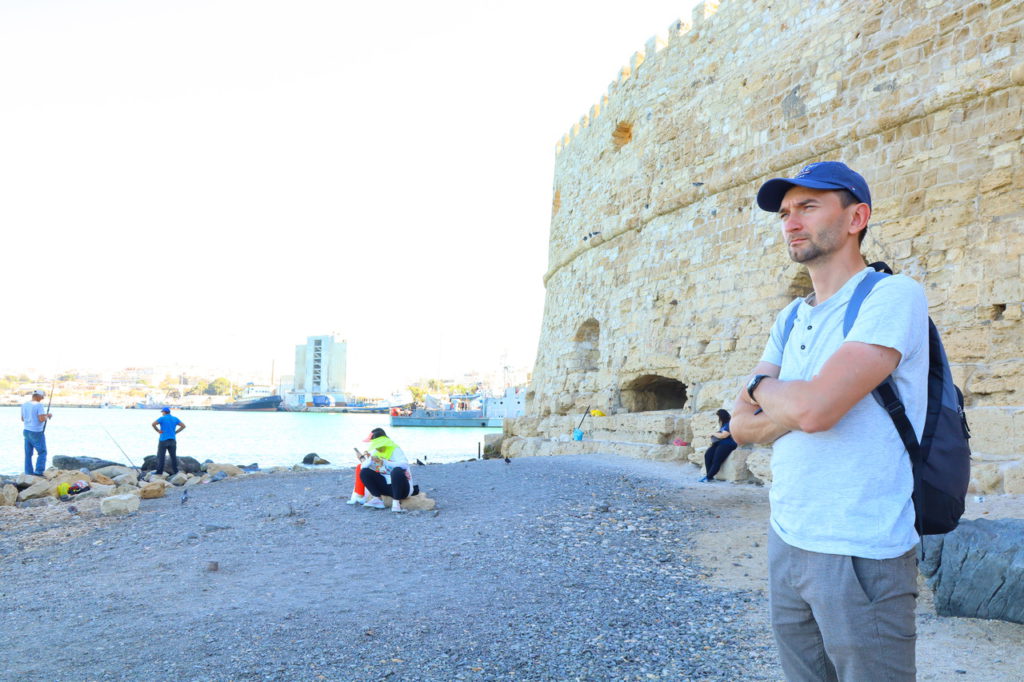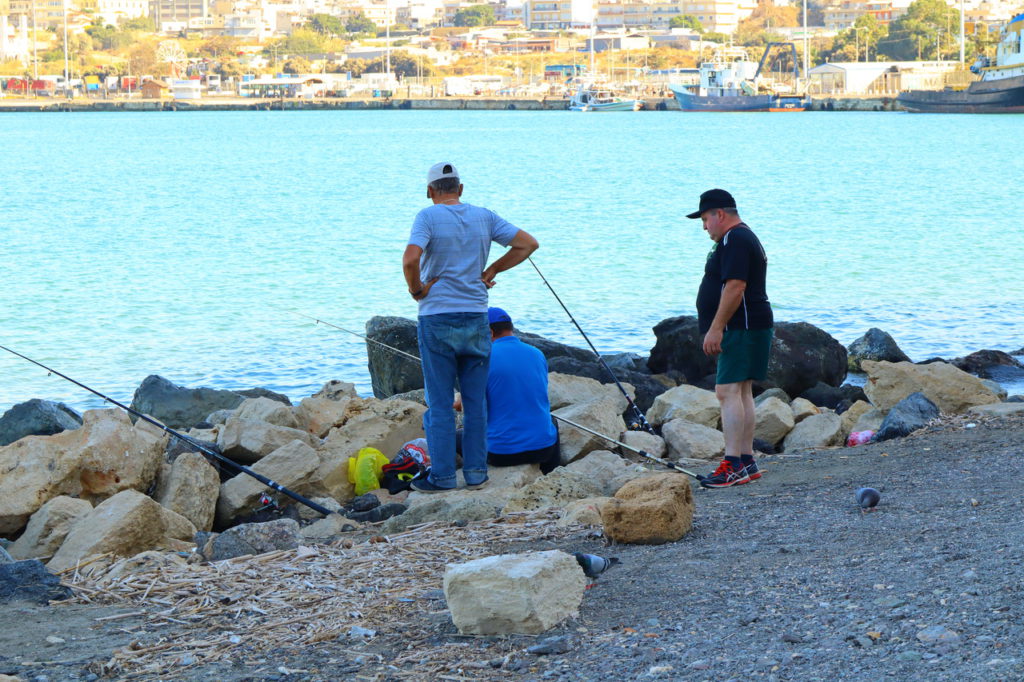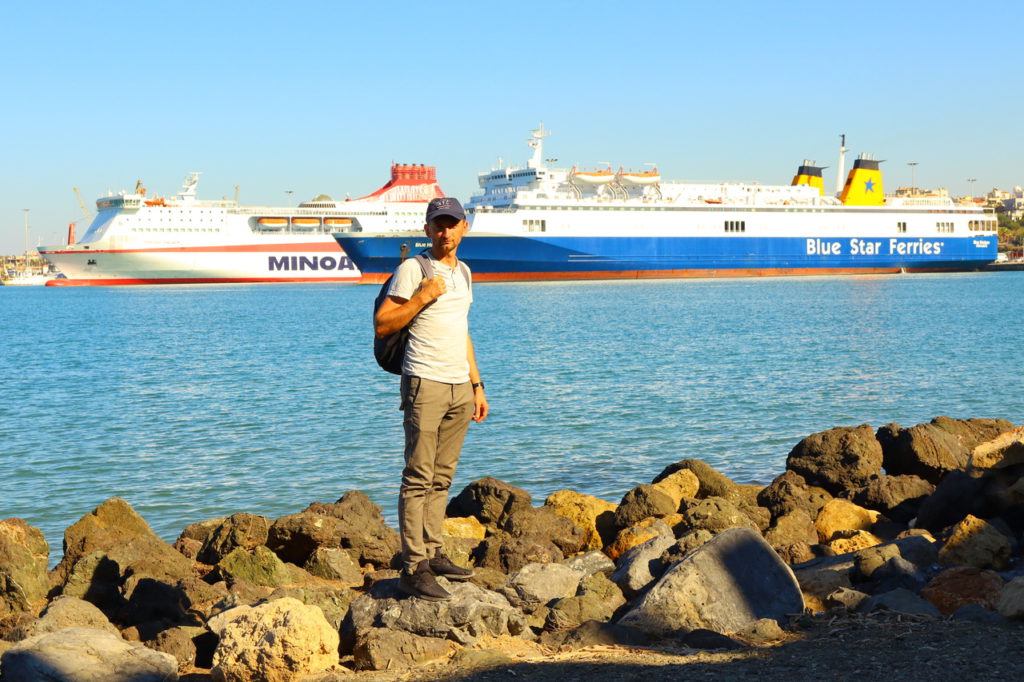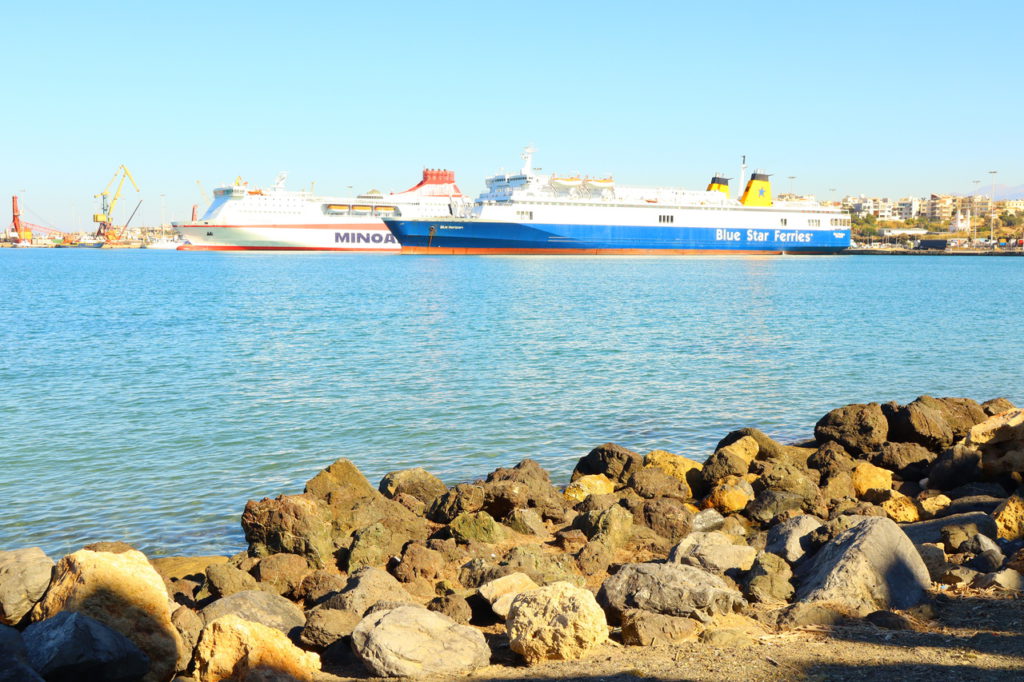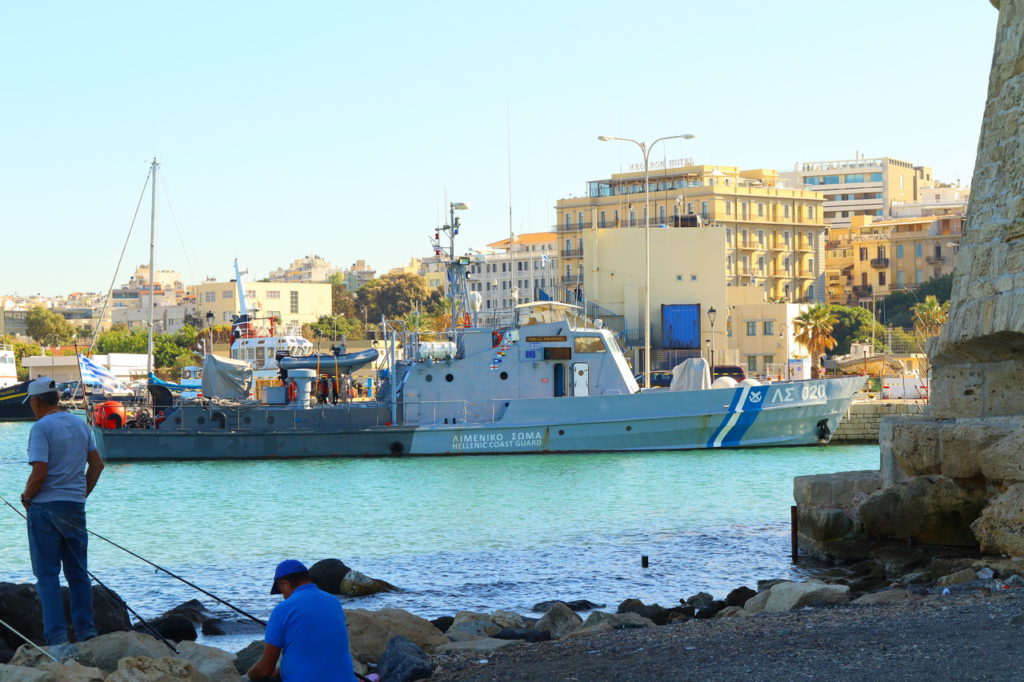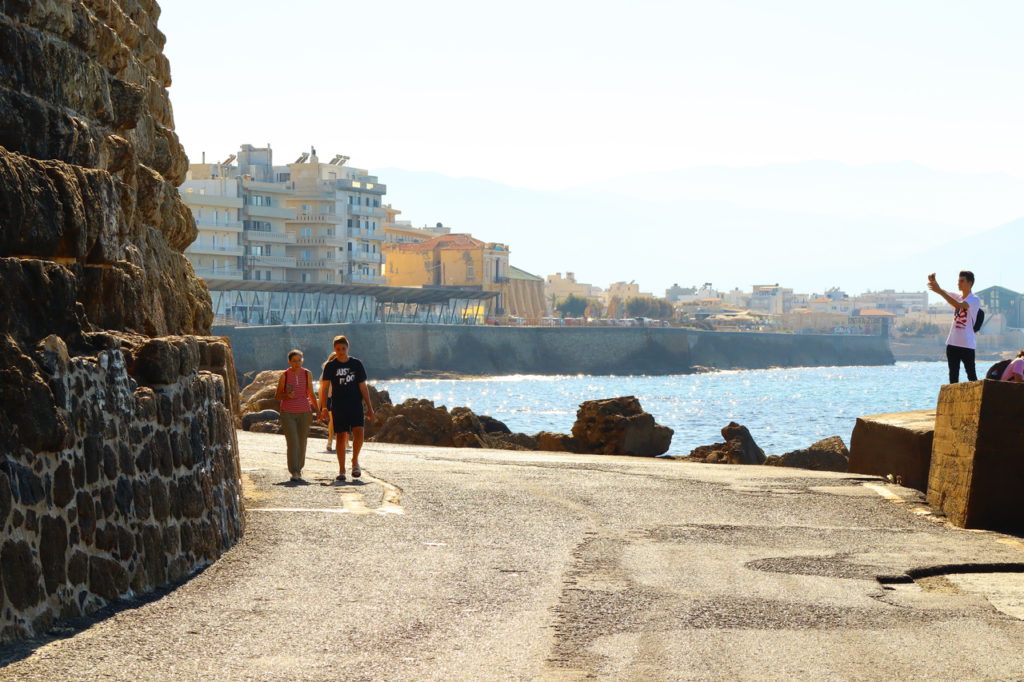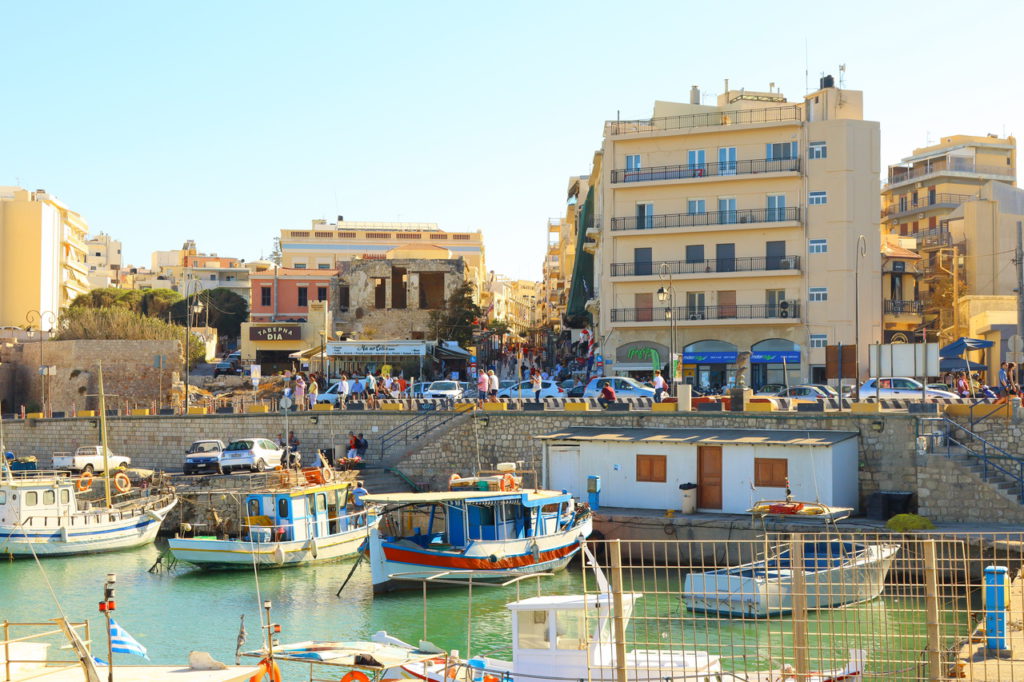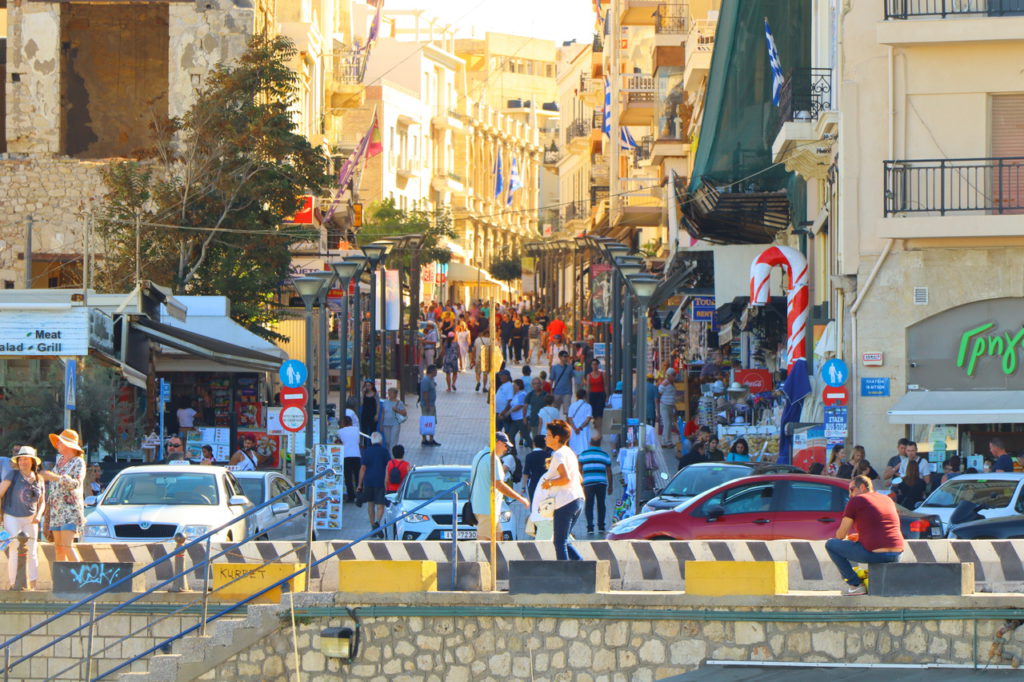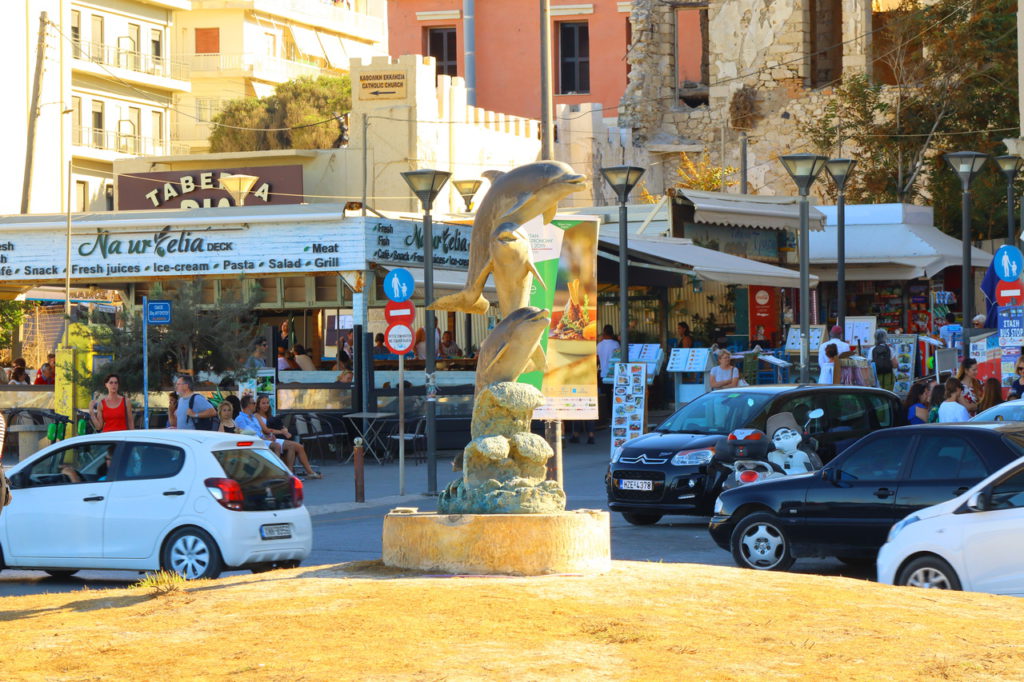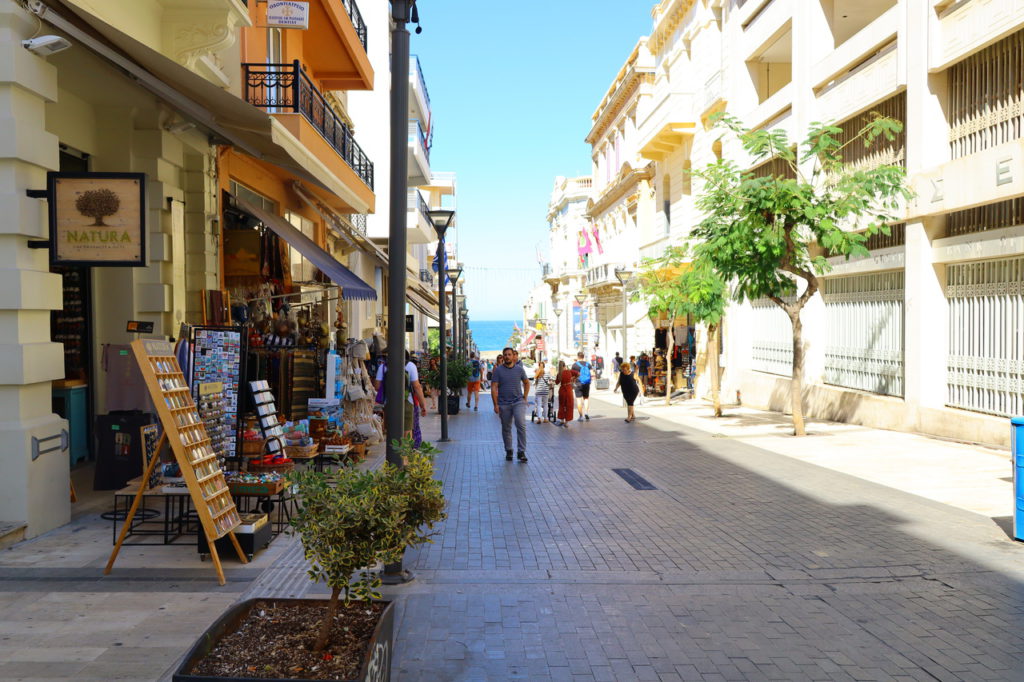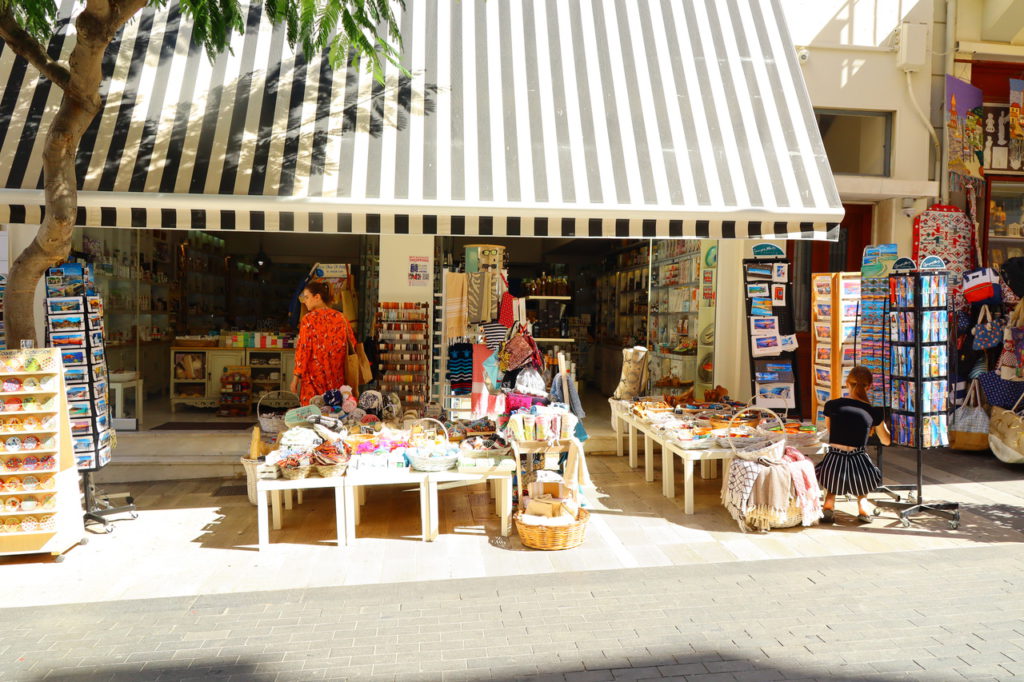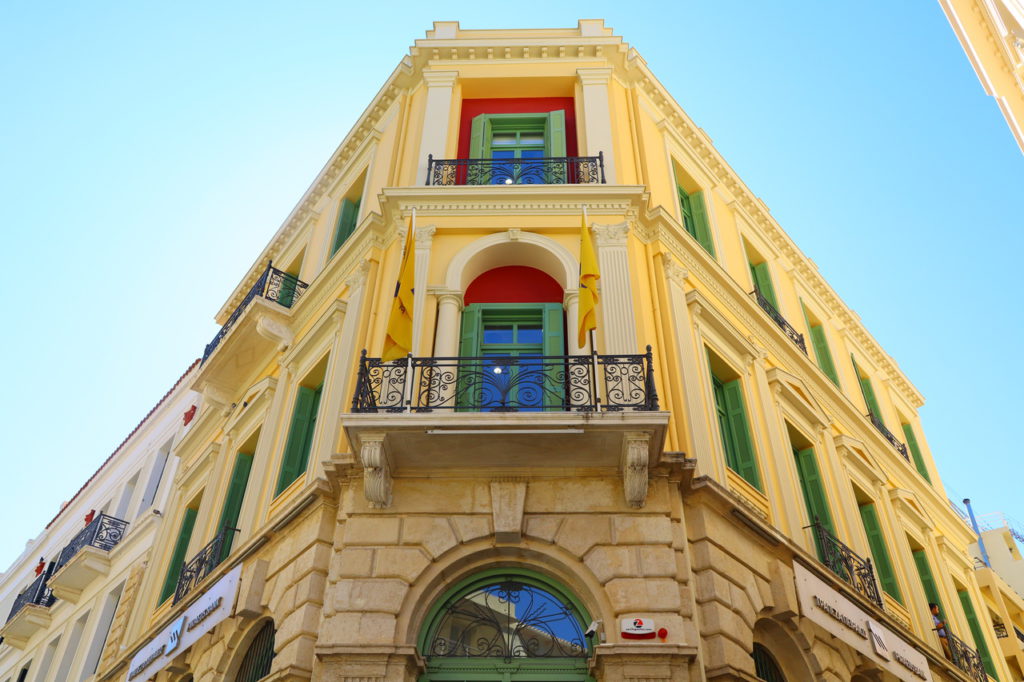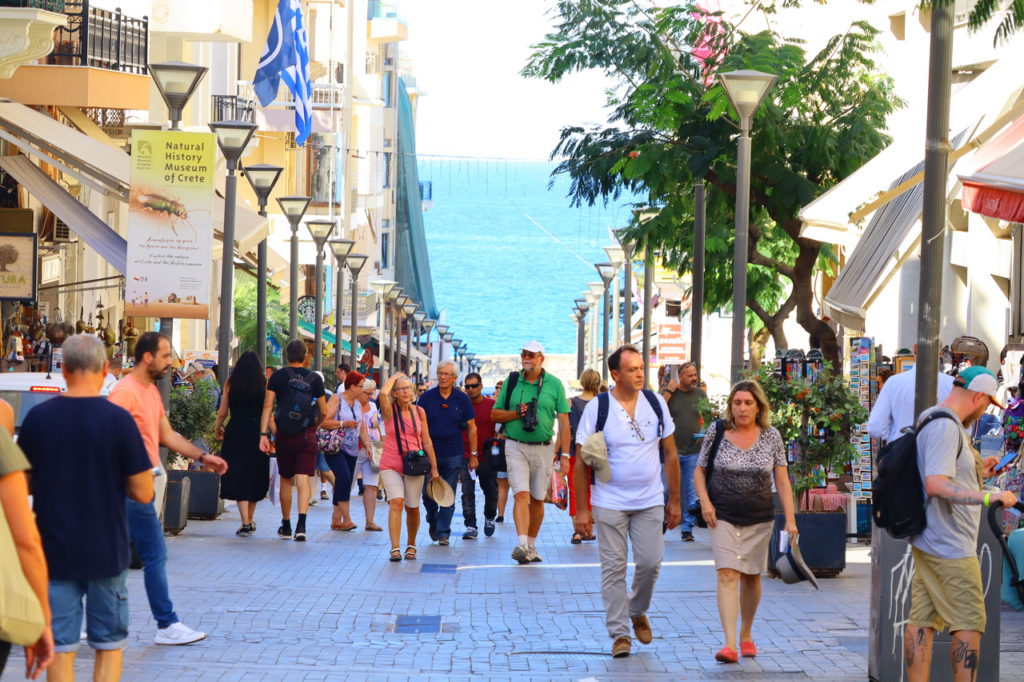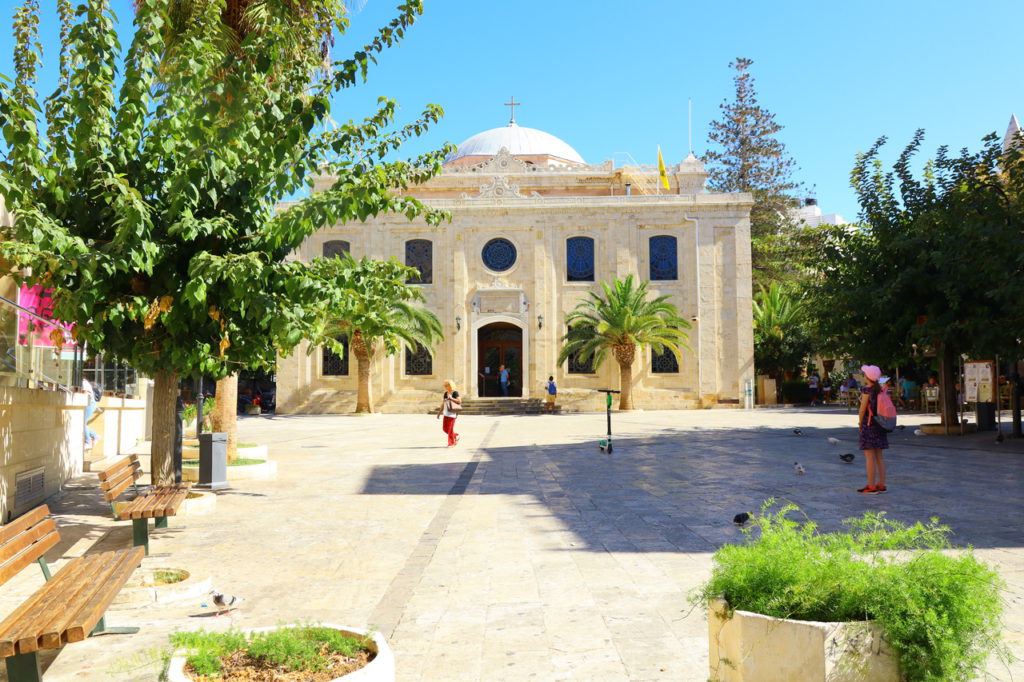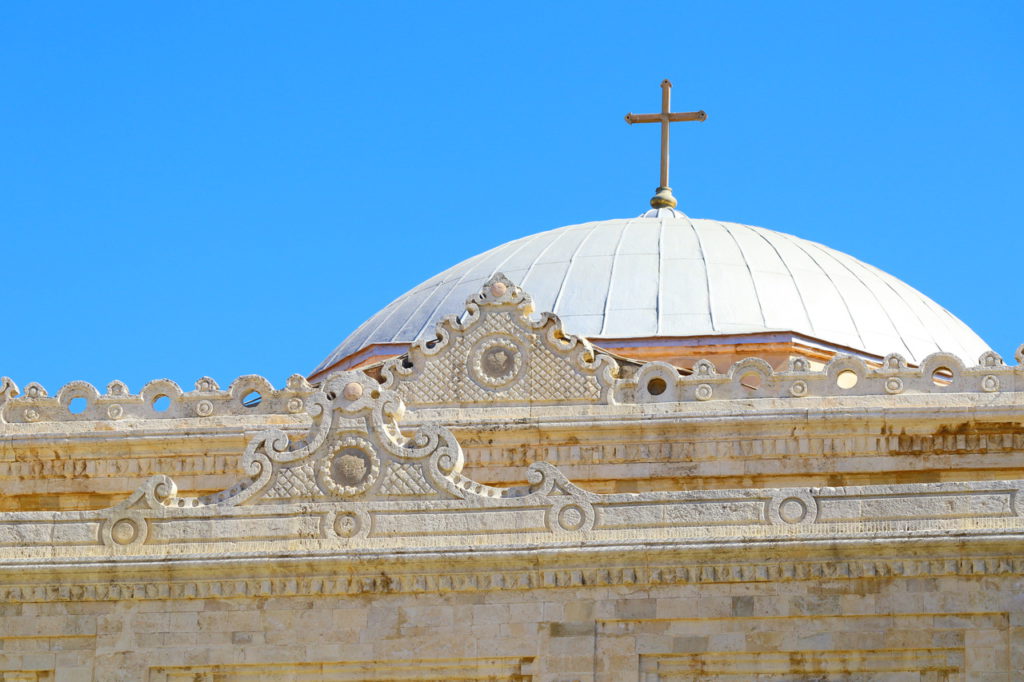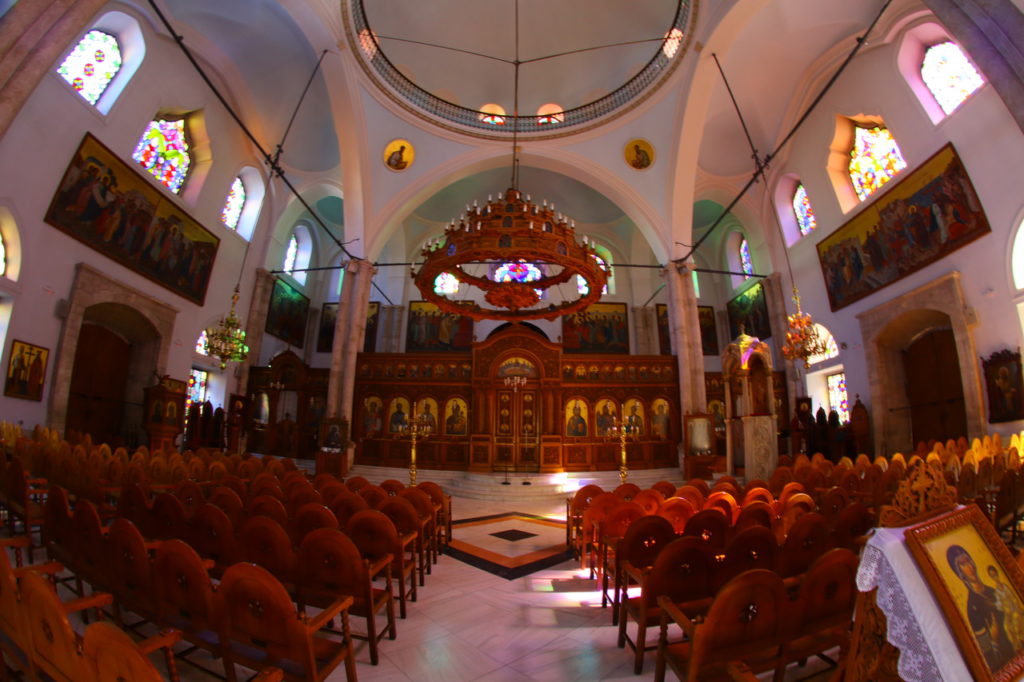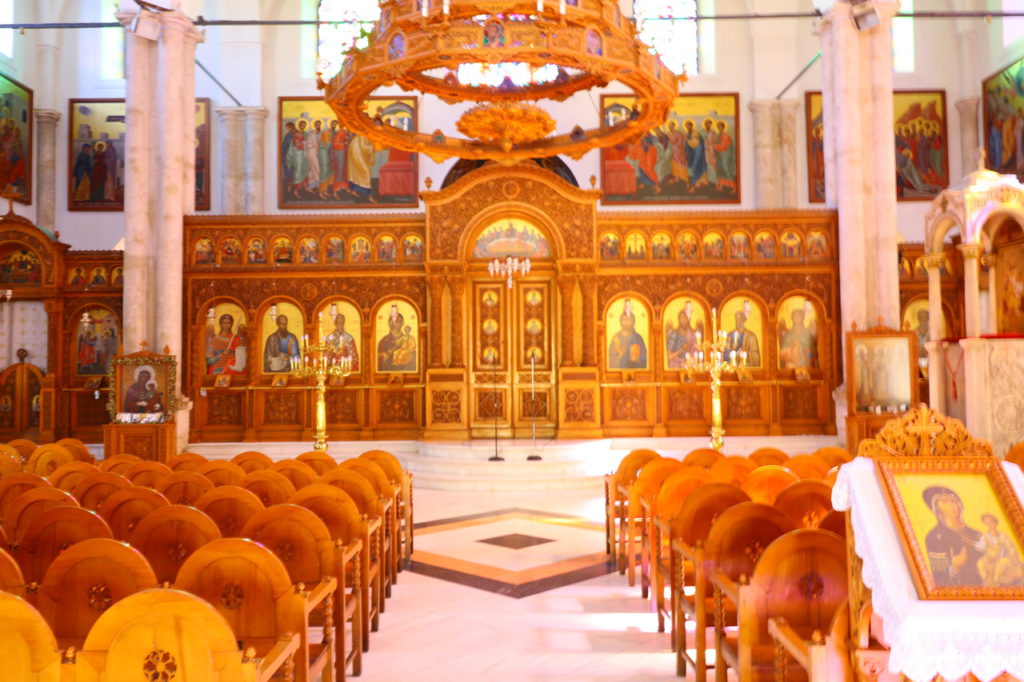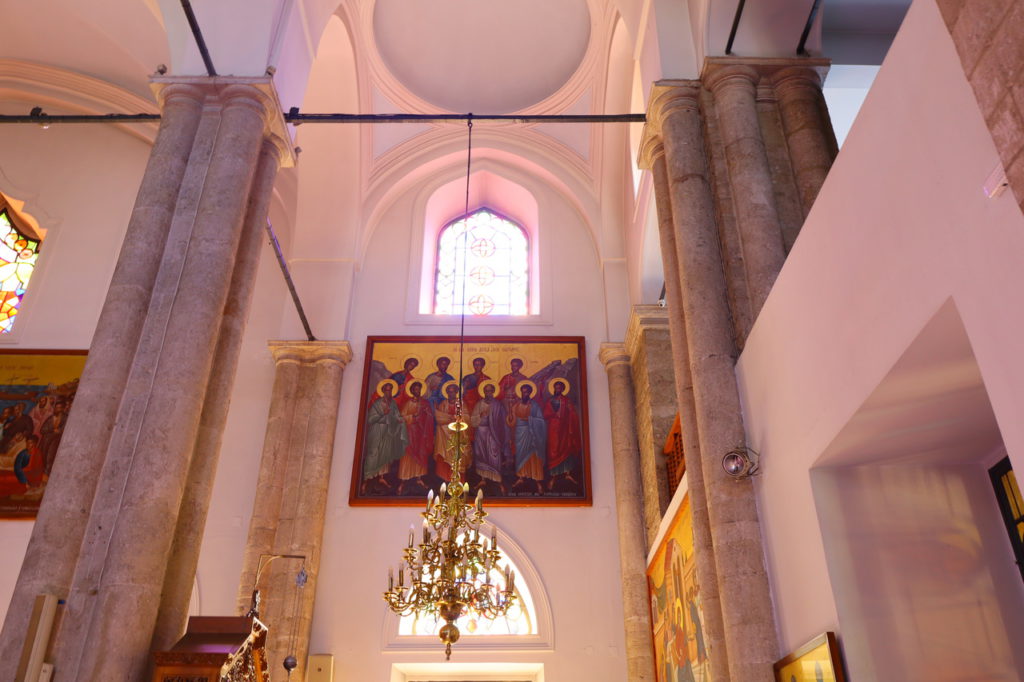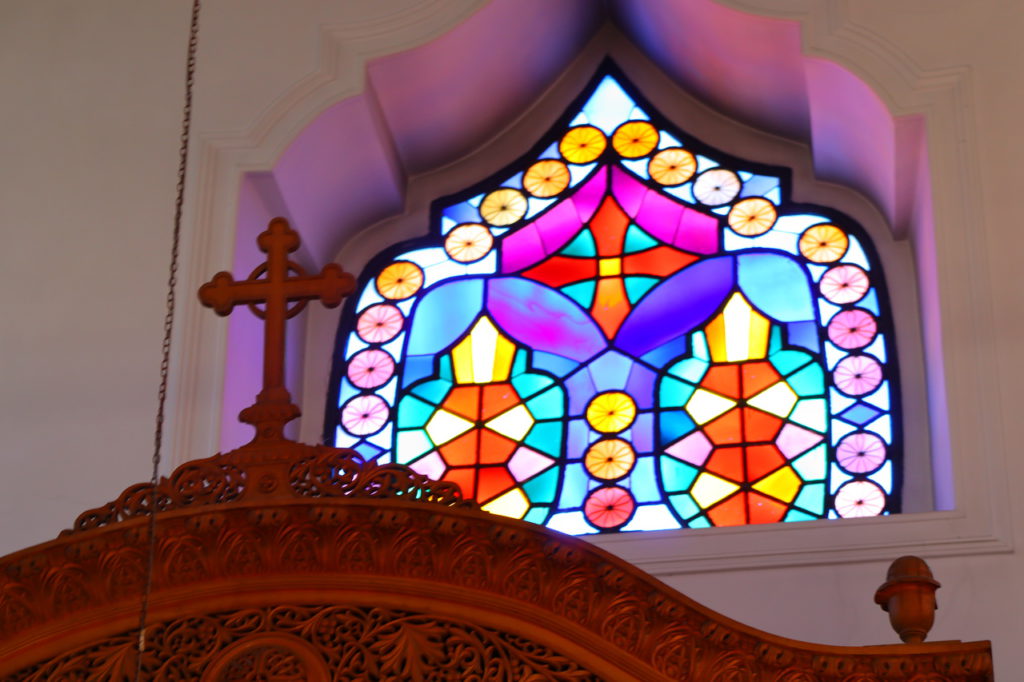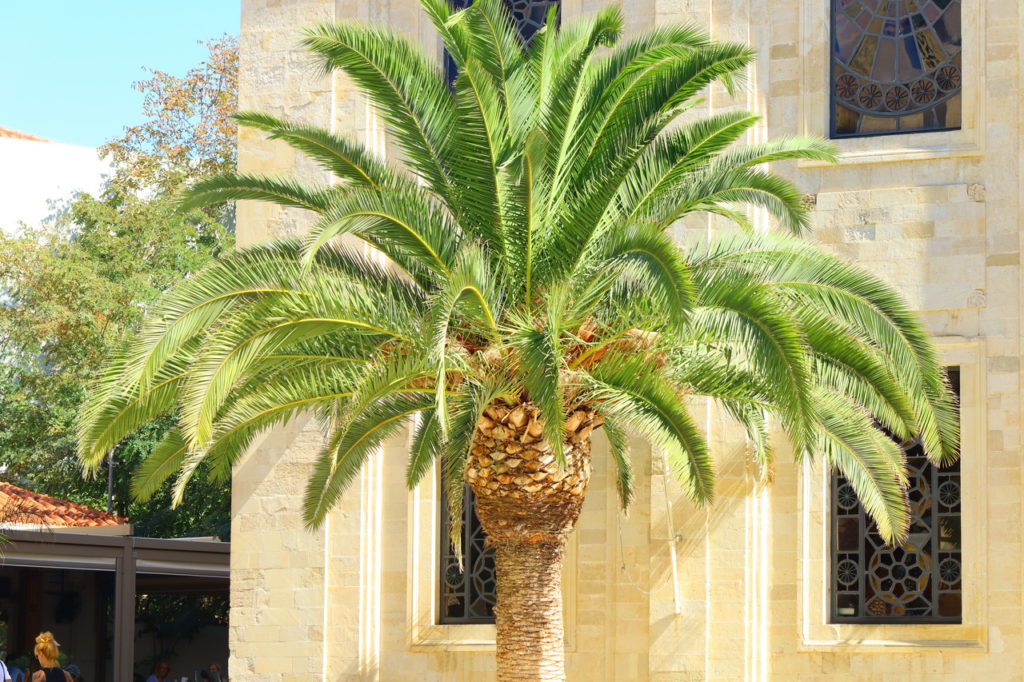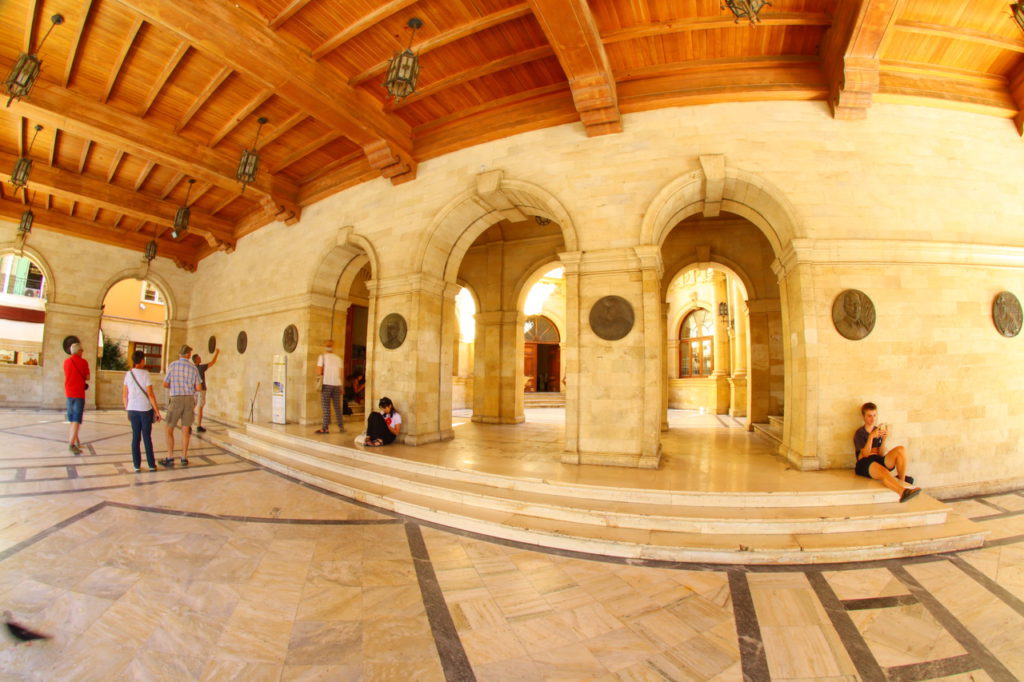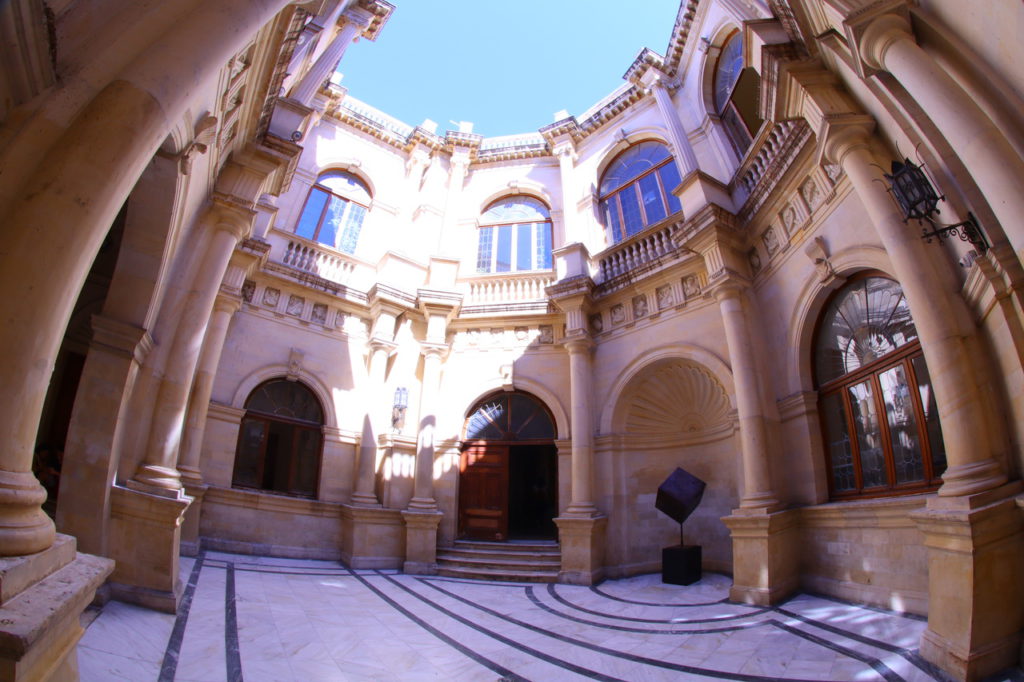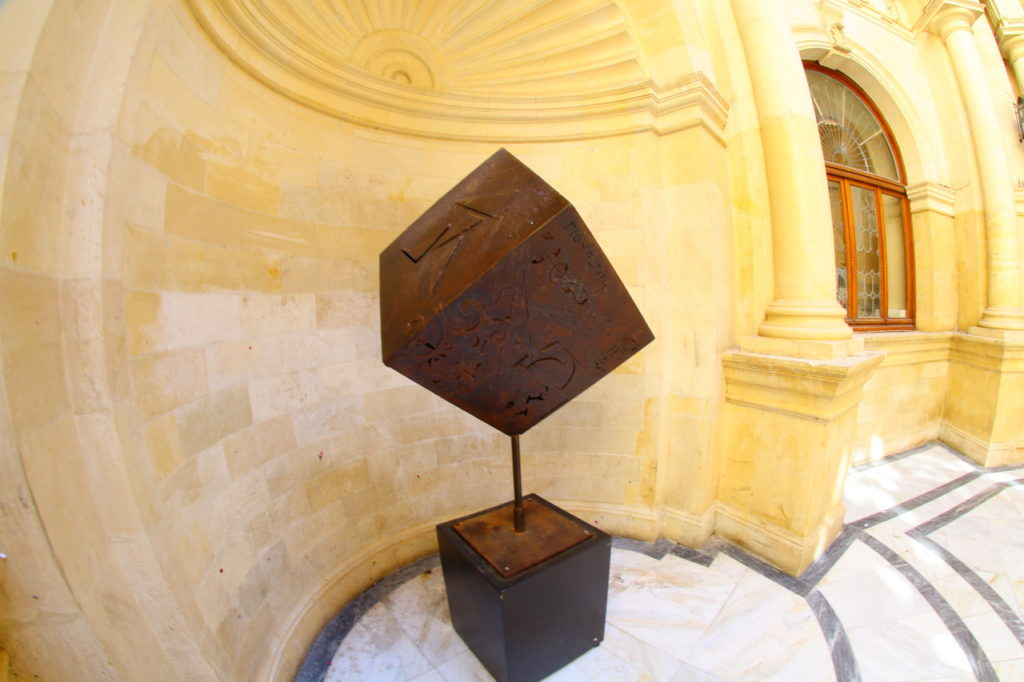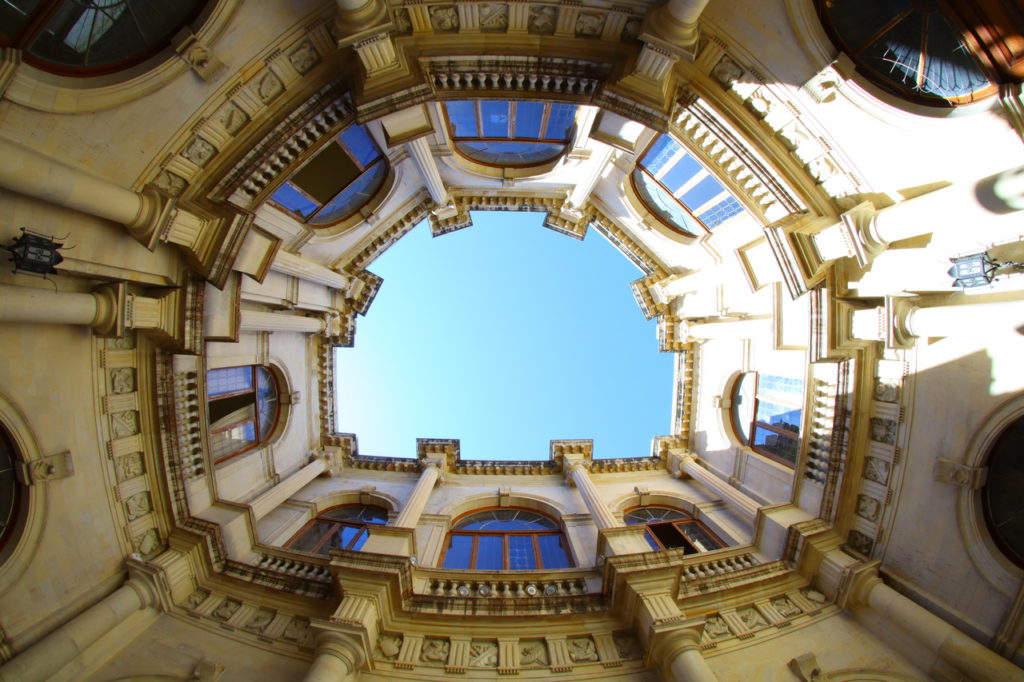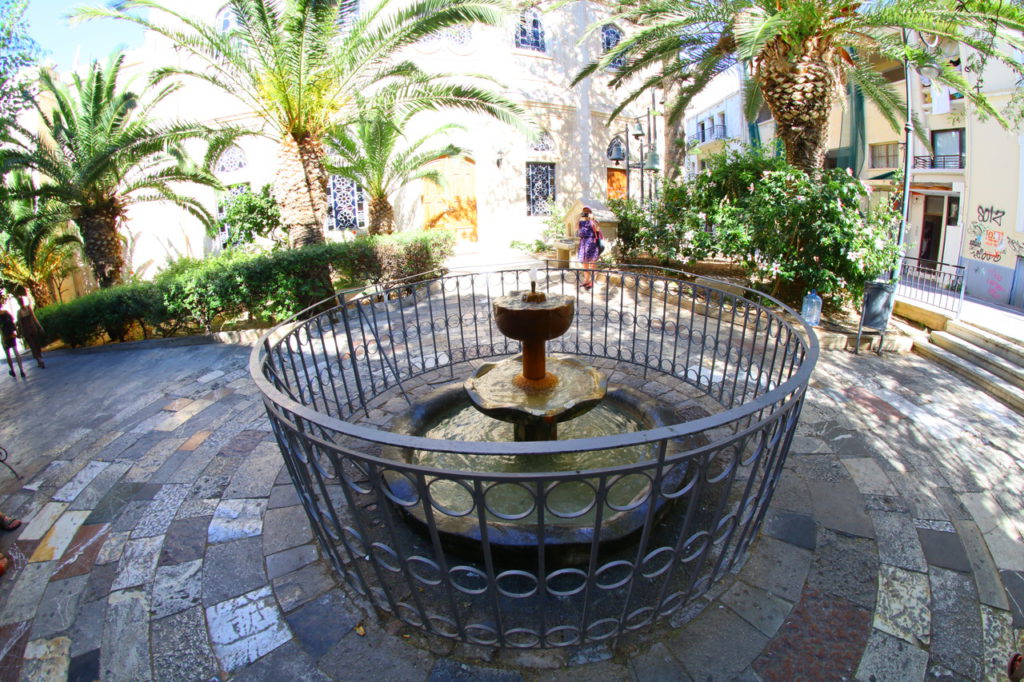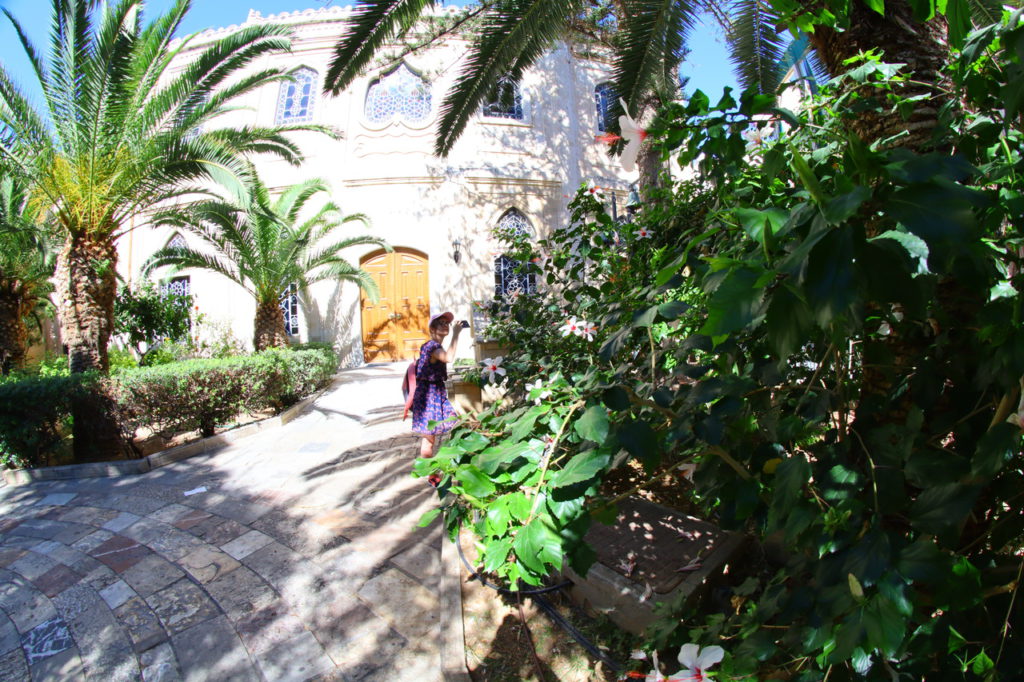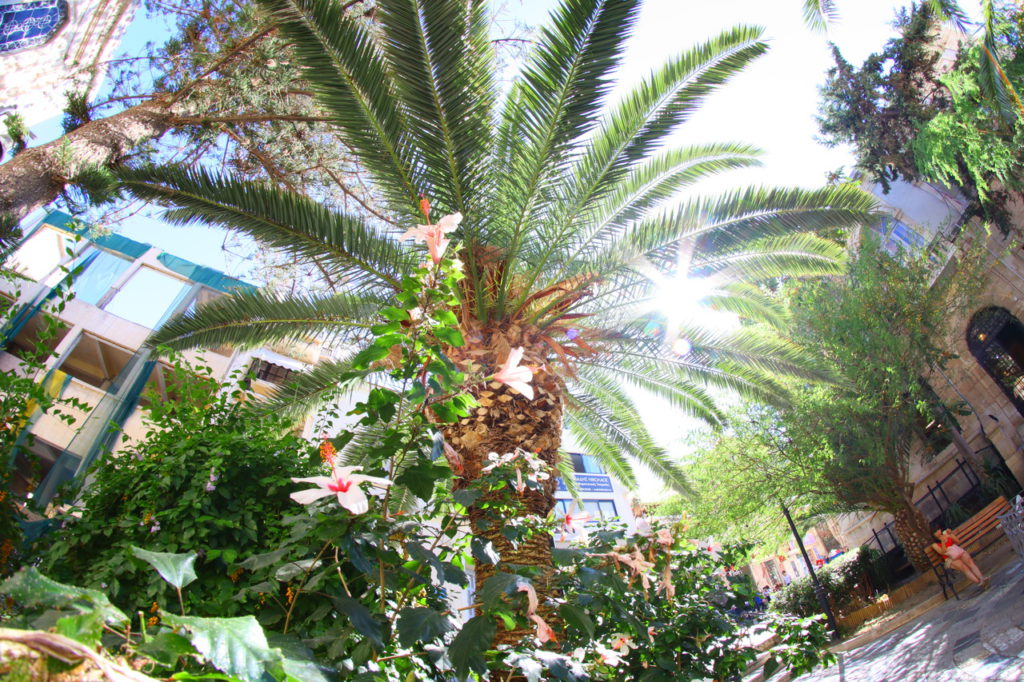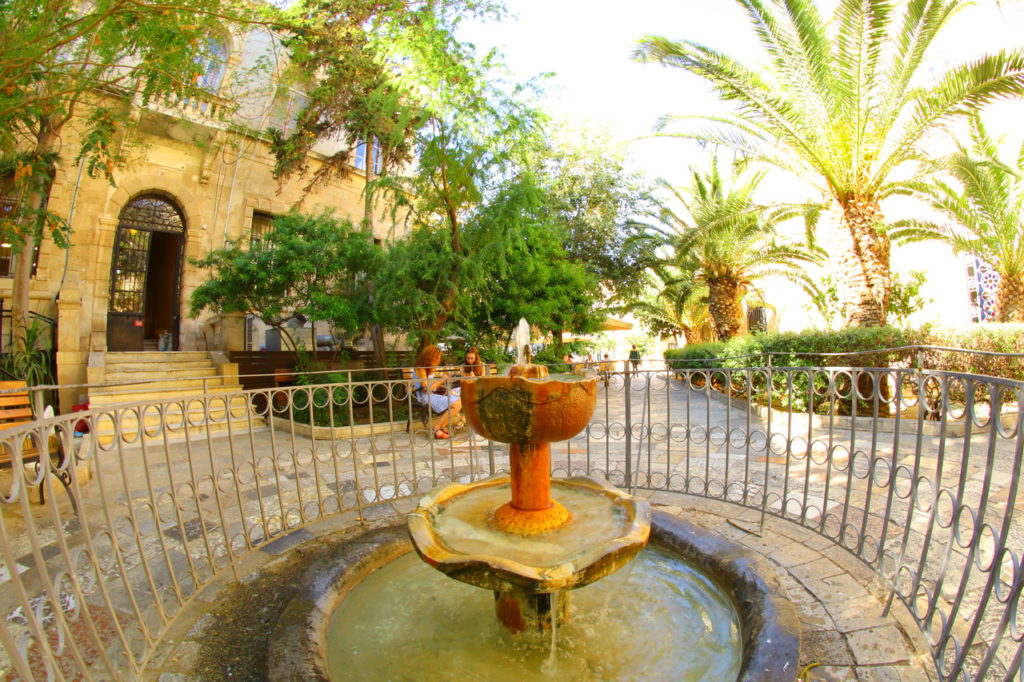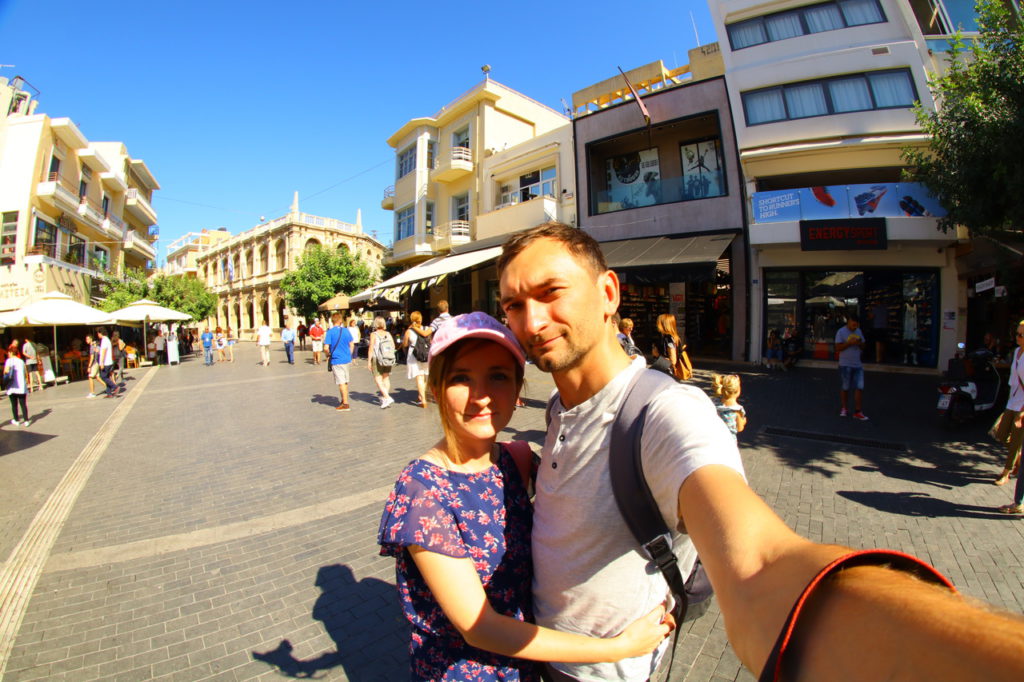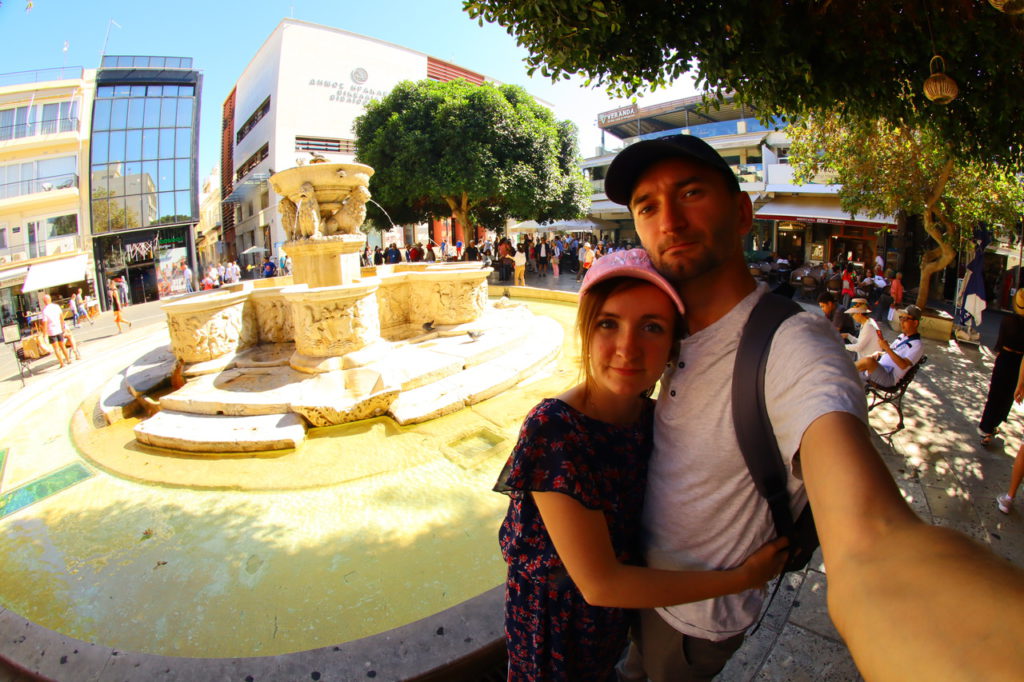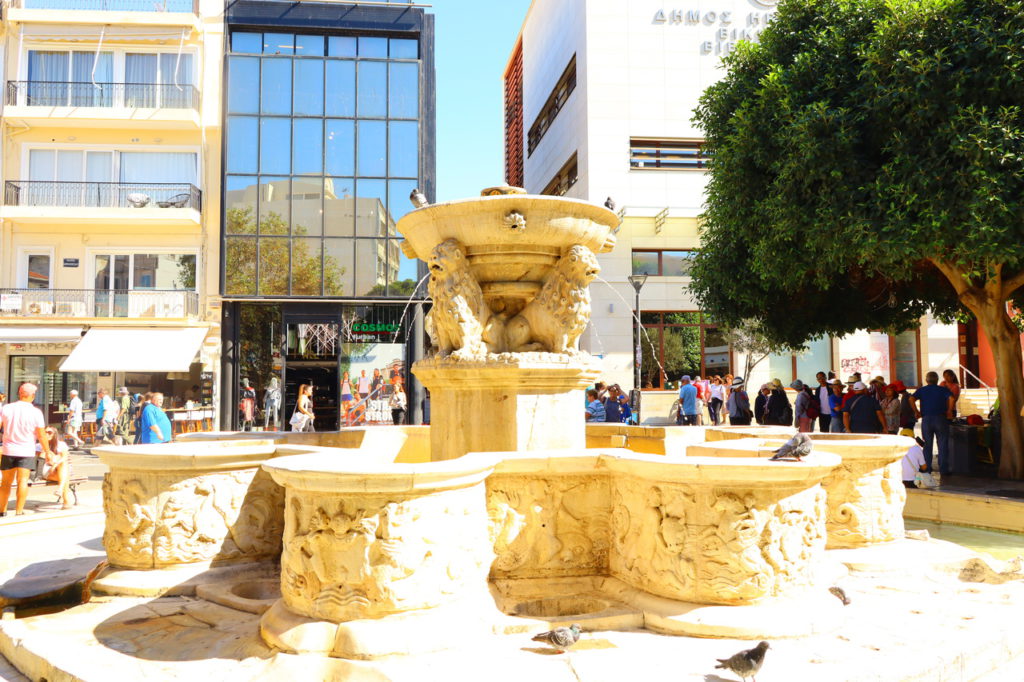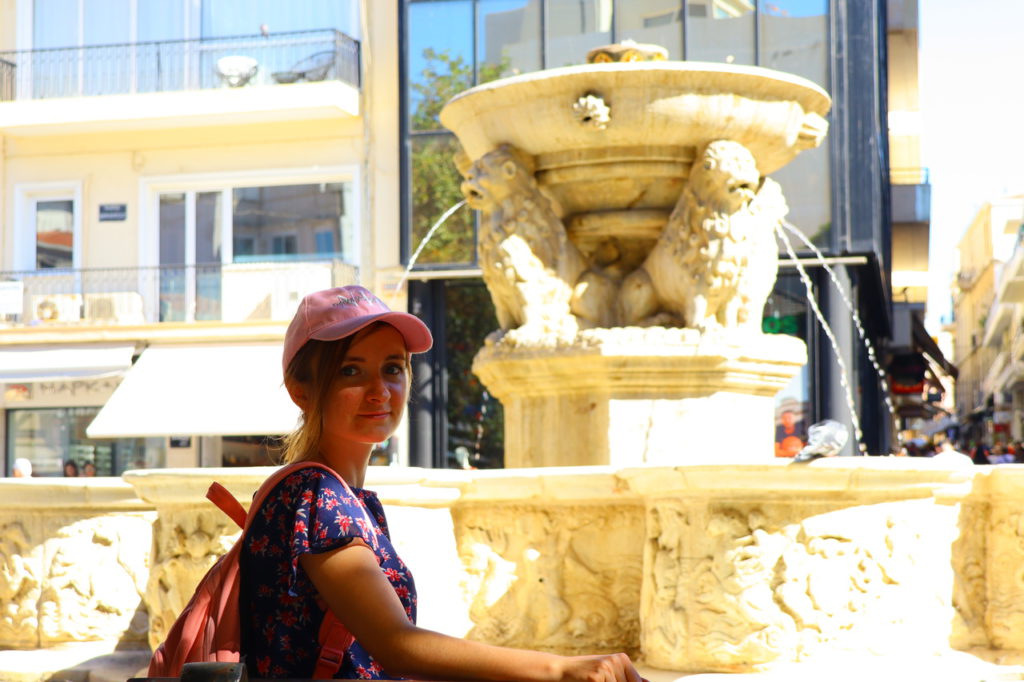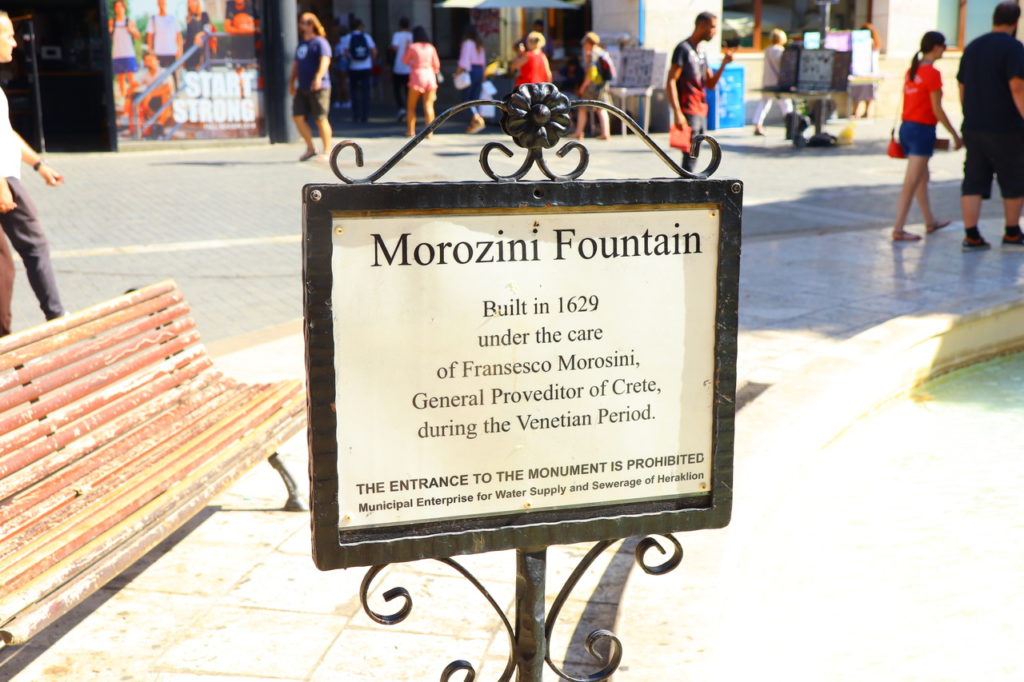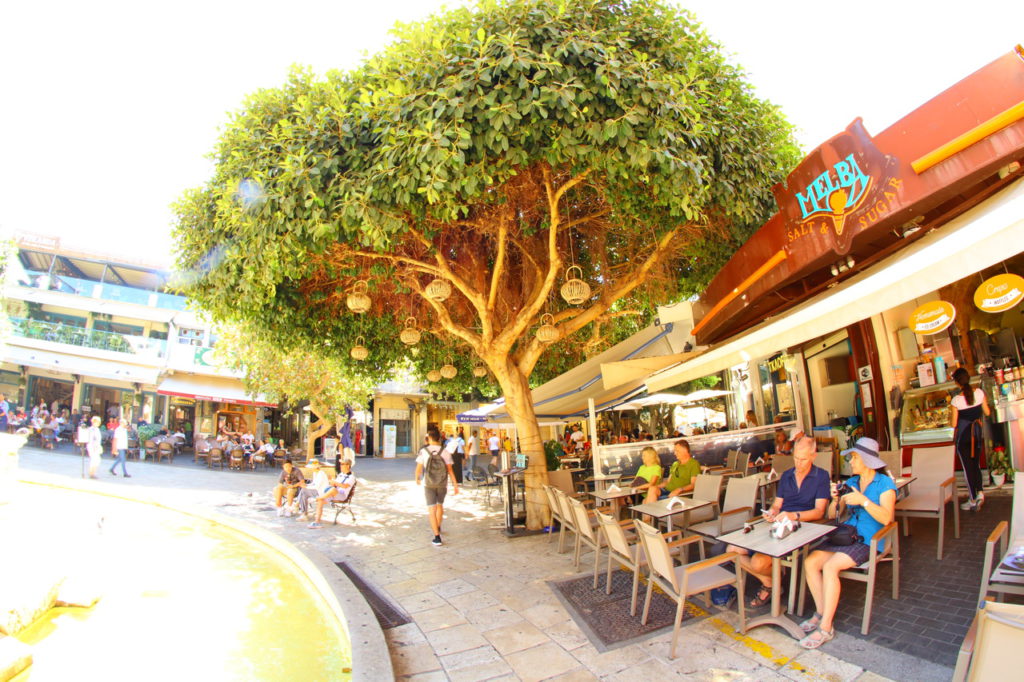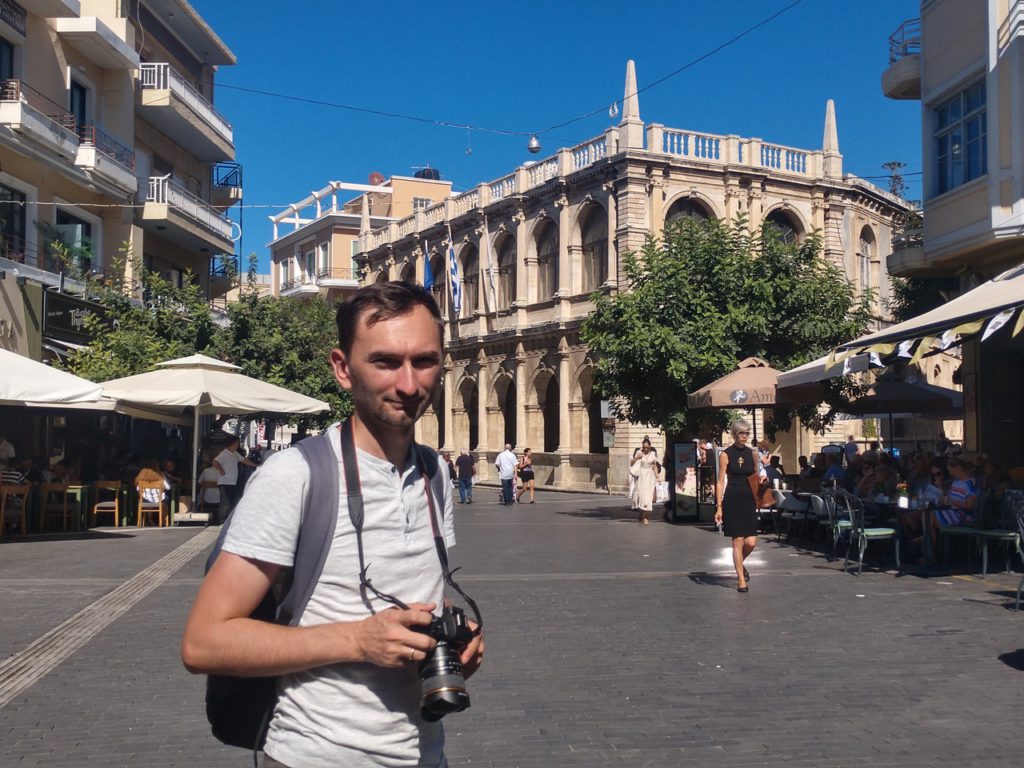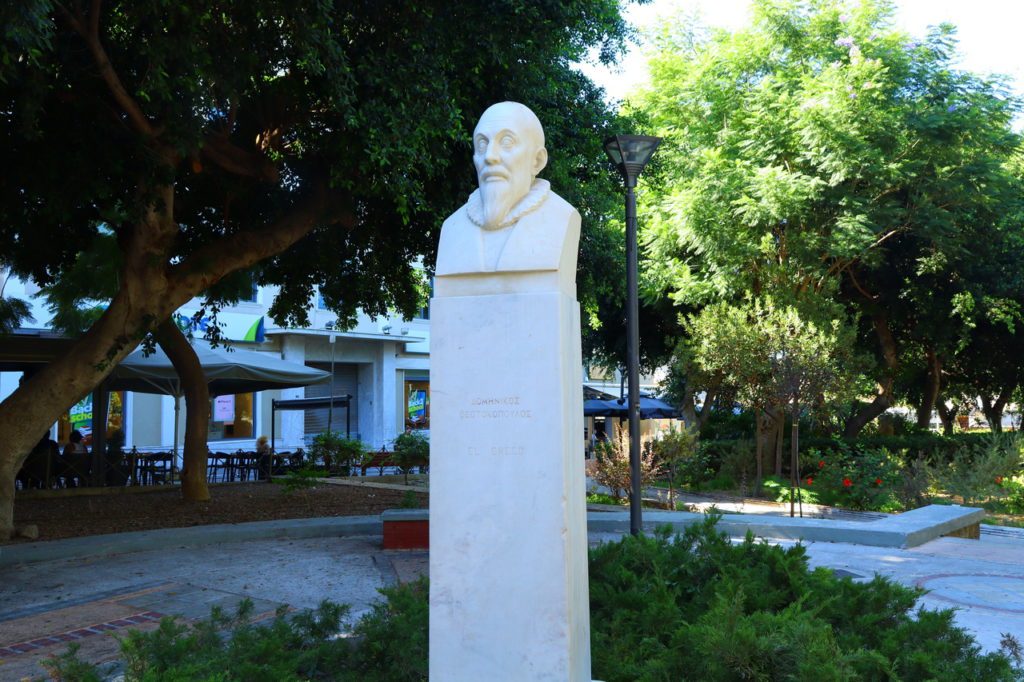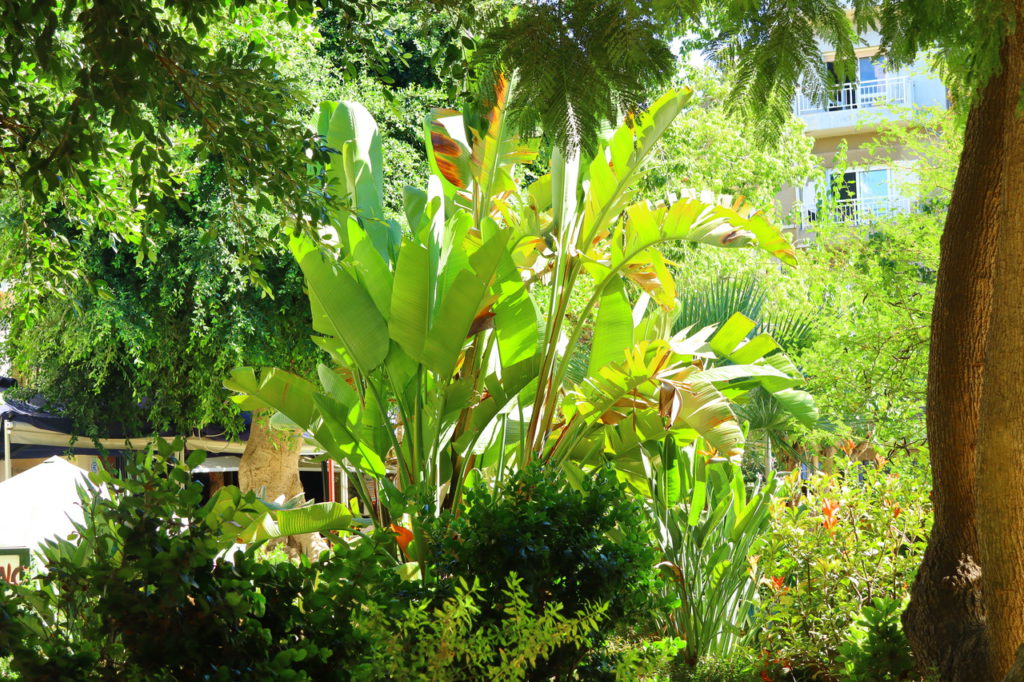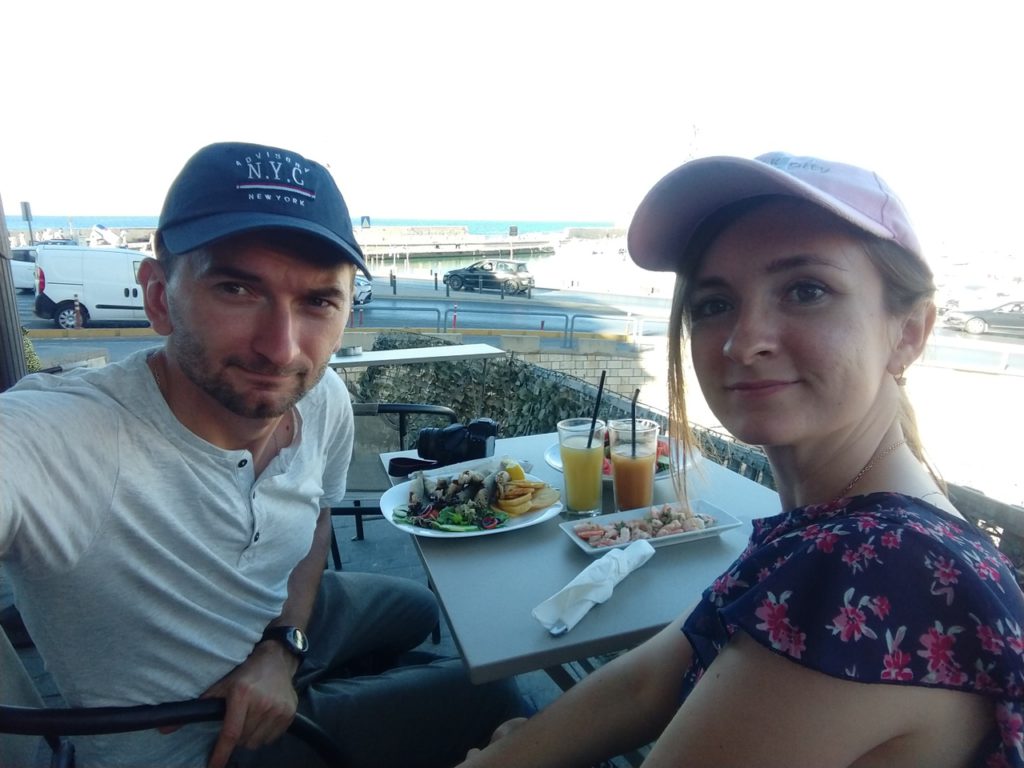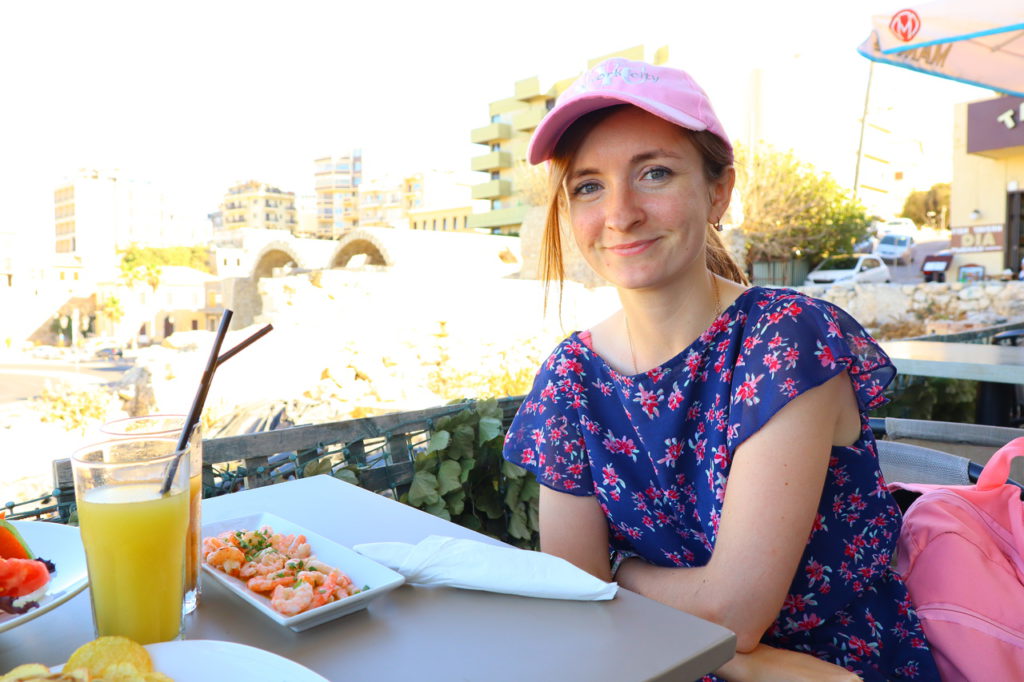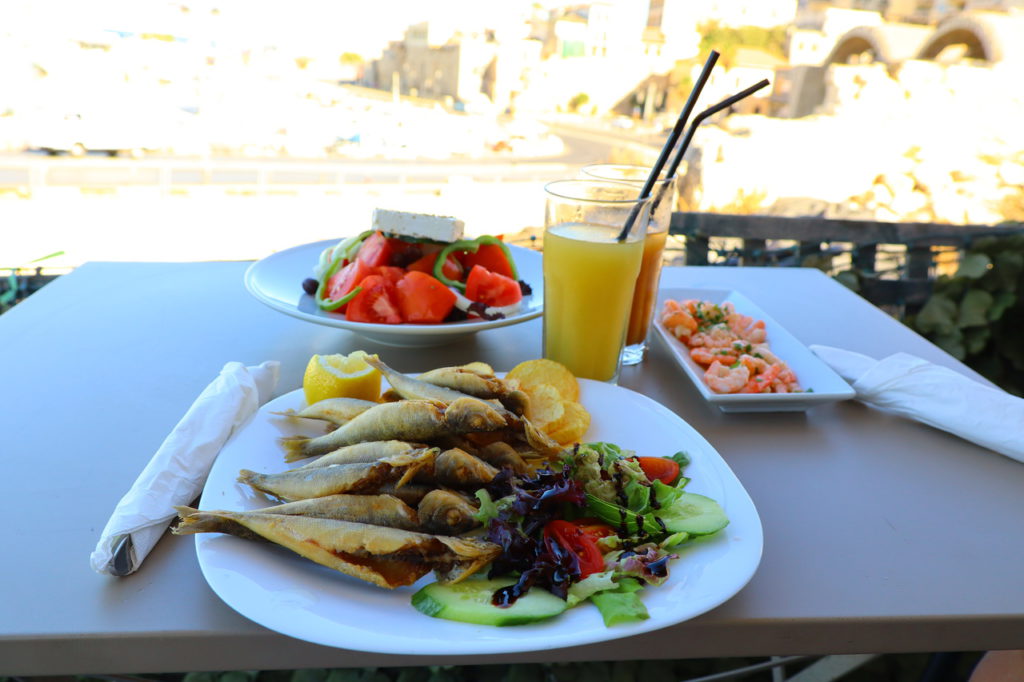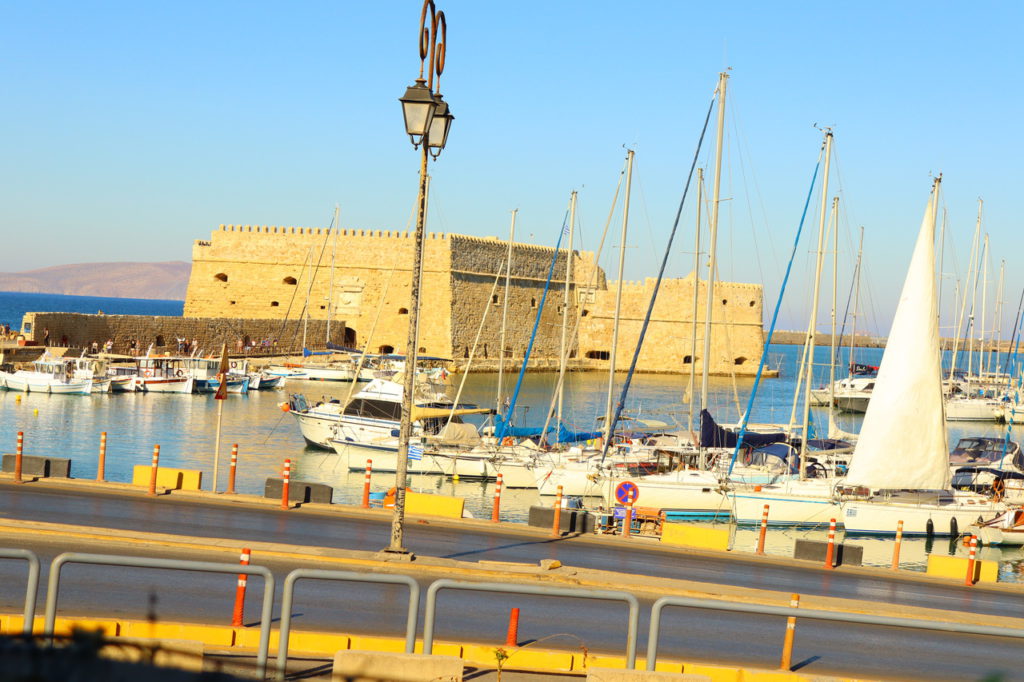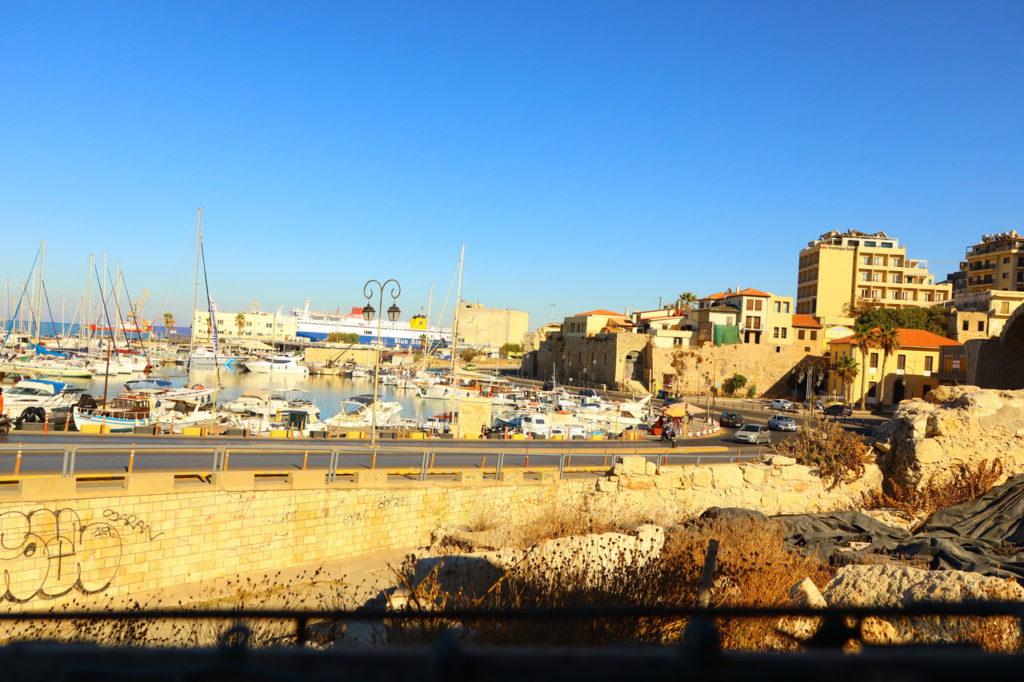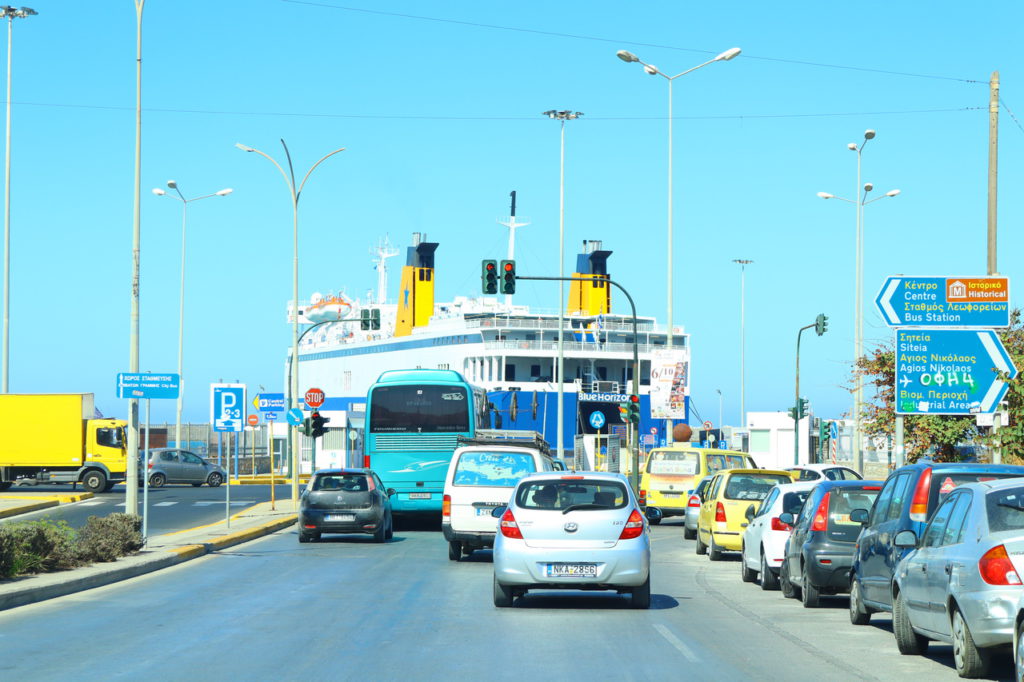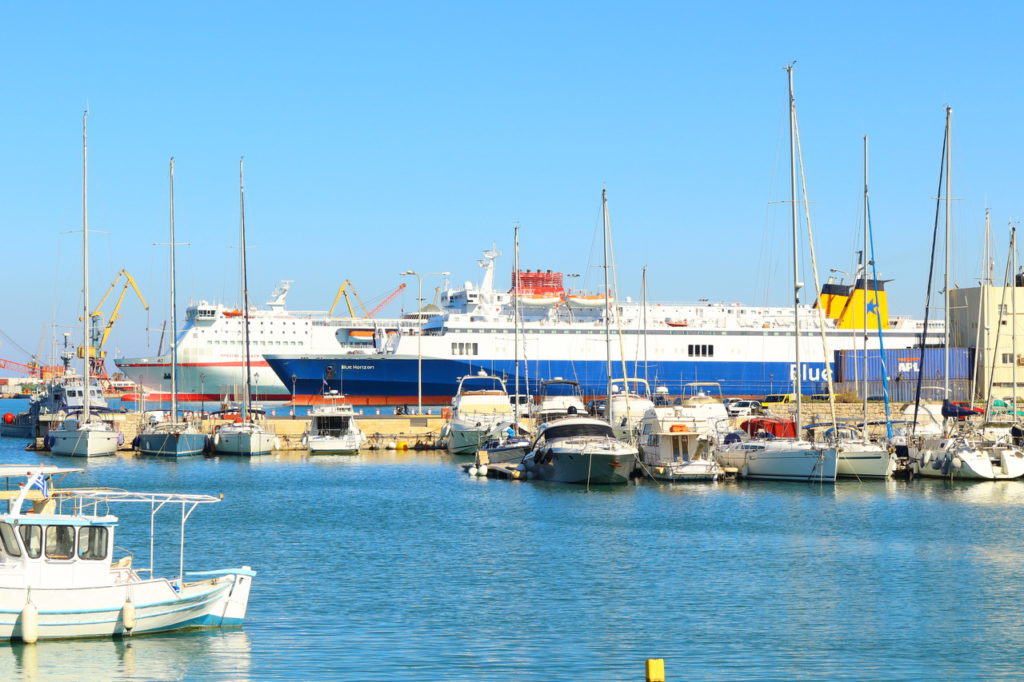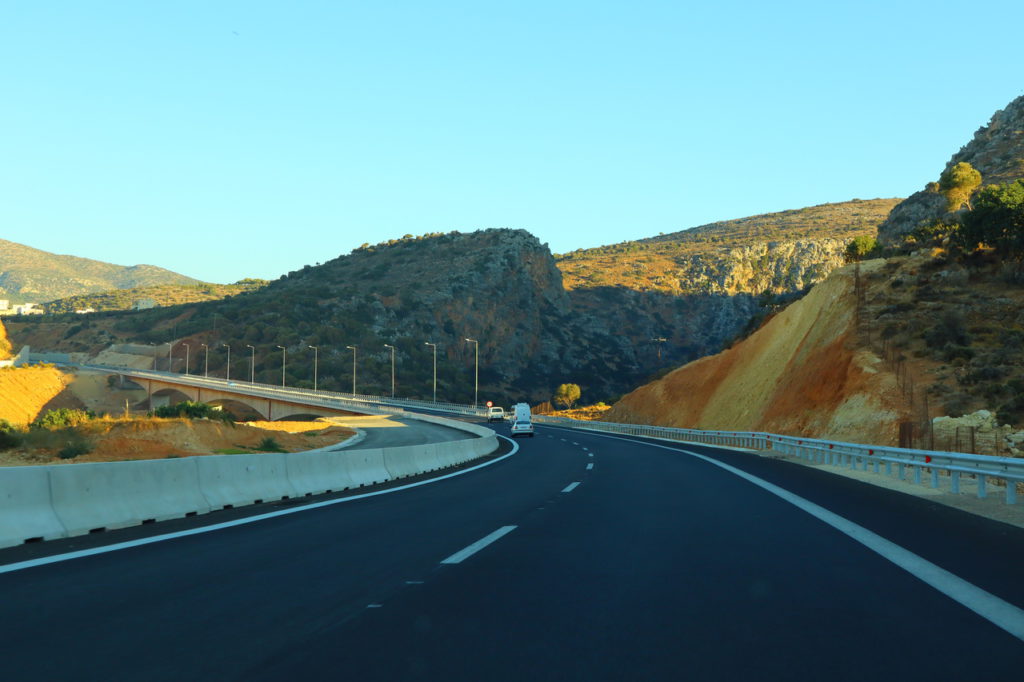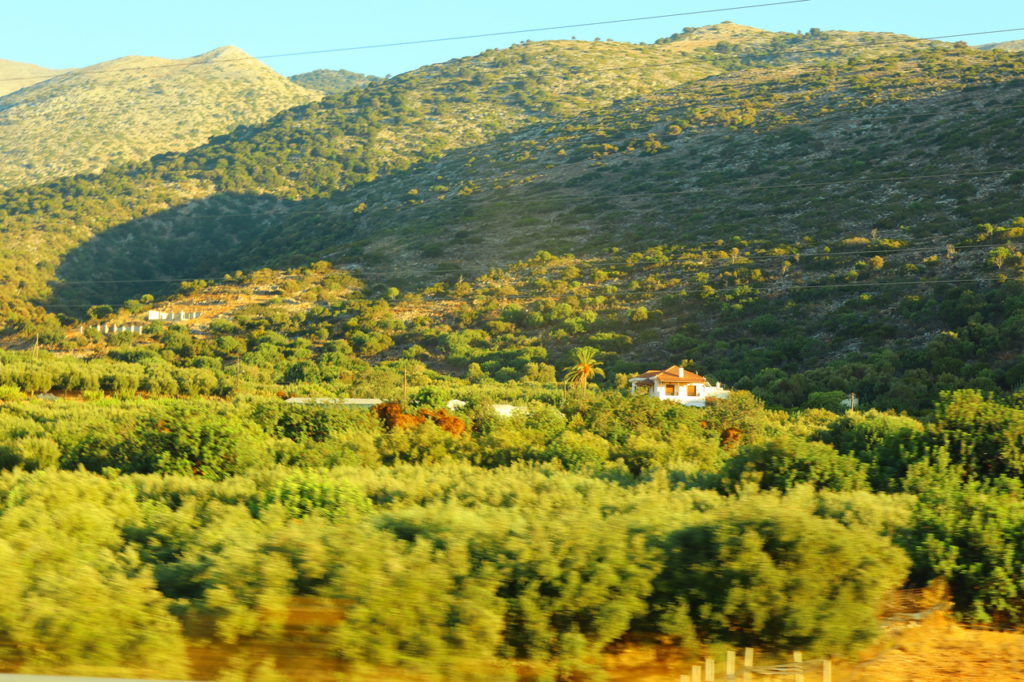Heraklion is the main city on the Crete island. The history of Heraklion counts over 2,500 years. The city is named after Hercules, the hero of ancient Greek myths, who performed one of his 12 labors on the Crete island. It is believed that Heraklion was founded during the reign of King Minos – the son of Zeus and Europe. Heraklion was the seaport of the Knossos city-state – the Minoan, the first European civilization. Confirmation of the existence of Minoan civilization is the Knossos Palace, located just 6 km from Heraklion.
In the 9th century Heraklion was captured by the Arabs, who turned the city into a powerful fortified fort, but at the same time the city was also a center of slave trade and piracy. At the beginning of the 13th century, Crete came under the rule of the Venetian Republic. And the Venetian administrative district of Crete became known as “Regno di Candia” (Kingdom of Candia).
Also, for some period the island was under the control of the Ottoman Empire.
Today, Heraklion is a large port, trade and tourist center. There is an international airport named after the Greek writer Nikos Kazantzakis in Heraklion. Everyone, who wants to visit the Crete island, arrives at this airport.
Interesting to know, that Heraklion was not always the capital of Crete. Until 1971, its capital was the city of Chania in the west of the island.
The most outstanding and perhaps the most famous local location is the Heraklion Fortress in the Venetian Harbour of the city. So we started our city walk from there.
Fortifications made Heraklion one of the most fortified cities in the Mediterranean. The first fortifications in modern Heraklion were built during the Byzantine Empire.
The Venetian fortifications of Heraklion consist of defensive walls of a triangular shape 3 km long, fortified with seven bastions. The entire defensive complex was surrounded by a deep and wide dry moat and various fortifications.
Then we decided to walk along the 25th of August Street, which starts on the embankment opposite the fortress. This is the main street of the city, along which all the main and most interesting sightseeings, cafes, restaurants and shops are located.
On the 25th of August Orthodox Christians celebrate the Day of Saint Titus, one of the best disciples of the Apostle Peter. In the 1st century, he preached Christianity on the island. In 961, the Cathedral of St. Titus was built on the street of August 25 in Heraklion. And this is one of the most famous buildings of the city.
The Venetian loggia is one of the best architectural monuments of Venetian Crete. Famous people of the city once gathered here not only to solve economic and political problems, but also to have a rest from state affairs. And state decrees were read exactly from these balconies. The loggia was built on the initiative of local government official Francesco Morosini in 1626-1628. Loggia is a rectangular two-story building with an open gallery on the ground floor.
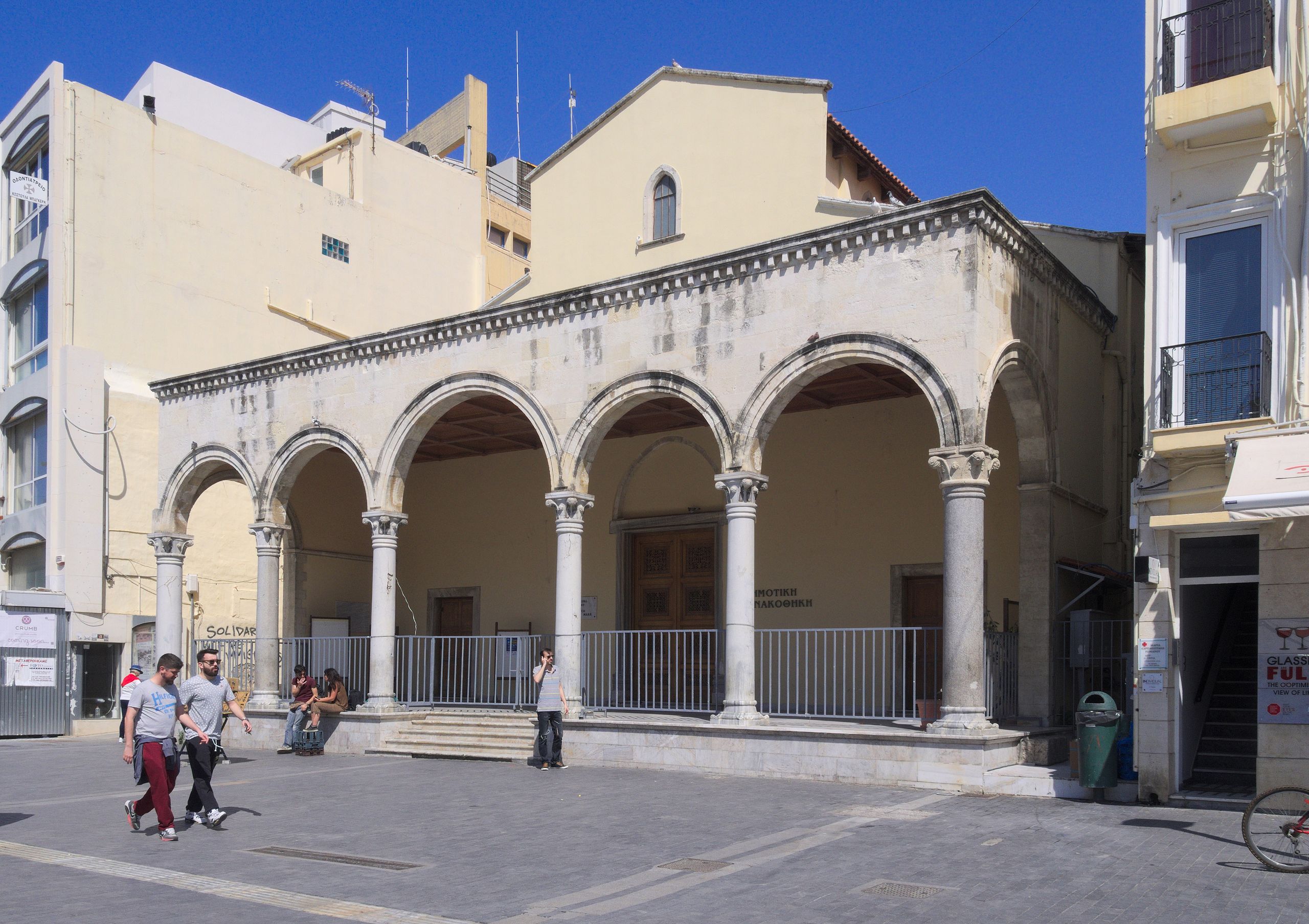
The Morozini Fountain is an excellent get-together place in the city. Here is very cool, relaxing vibe. It was named after the governor of Crete in the 17th century – Francesco Morosini. A similar fountain is located in St. Mark’s Square in Venice. That fountain in Venice inspired the architects of the Morozini fountain. There is a plenty of bars, cafes, and souvenir stores on the square around the fountain.
There is a cozy Theotokópoulos Park near the Morosini fountain. You can take a break from the hustle and bustle of the city here. There is a monument to the outstanding Greek artist El Greco in the park. El Greco was born in Heraklion. Few people know, but El Greco is a pseudonym that translates as “the Greek”, and the real name of the artist is Domenicos Theotokopoulos. So the park was named in his honour.
Another one of the most iconic locations of Heraklion is the Archaeological Museum – the largest museum not only of the island, but also of the entire country. It was founded back in 1883. The main and most important exhibits of the Minoan civilization of Crete are kept in the 20 rooms of this museum: ceramics, jewelry, lithographs, sarcophagi, frescoes, microsculptures, and more.
5 km to the west of the center of Heraklion is the sandy Ammoudara Beach, set with all the necessary infrastructure for a beach holiday.
Heraklion is also a port city. From here you can take a ferry to nearby islands. Also, to Thira – the main city of the most romantic Greek Santorini island, which is world-famous for its white houses on the tops of the former volcano, churches with blue domes and a spectacular view of the sunset. It is worth spending at least a couple of days on this island, to stay for the night there and to meet that incredible sunset.
It is also possible to fly to Santorini (with a stop in Athens), or to go by ferry from Crete (with or without a car). Also, many tours of various lengths are organized from Heraklion to the Santorini island.
And now we will tell you a story about what Labour Heracles performed on the Crete island. And what is known about Heracles, after whom the city of Heraklion was named?
According to the Ancient Greek myths, Heracles was the son of Zeus and Alcmene. He was brave and very strong. The goddess Hera constantly took revenge on Heracles, because he was the illegitimate son of Zeus. Once Hera punished Heracles severely – he went crazy and killed his beloved wife and his sons. When Heracles came to his senses and realized what he has done, he wanted to commit suicide from overwhelming grief. But the gods had other plans for Heracles and sent him to the oracle.
The Oracle of Delphi ordered Heracles to serve his brother Eurystheus for 12 years to remove the curse. And during 12 years, Heracles had to perform 12 of the most difficult and seemingly impossible labours.
One of these 12 labours was performed by Heracles on the Crete island. This labour was called the Cretan Bull.
King Minos of Crete refused to sacrifice a bull to Poseidon, and was punished for that. Poseidon made the bull furious. The bull destroyed buildings, devastated the crops of Crete with the fire from his nostrils. From him, the lustful Pasiphae gave birth to the Minotaur, who also caused a lot of trouble to the Cretan people.
Heracles’ brother Eurystheus ordered Heracles to go to Crete and tame the dangerous bull. Hercules managed to catch him thanks to his strength and sent him to Mycenae. Eurystheus released the bull and dedicated it to Hera, but she wasn’t satisfied with such a gift, since it only increased the glory of Hercules, whom she hated so much. She sent the bull to Sparta and then to Arcadia and Marathon. Later, the hero Theseus tamed this bull in Marathon, he brought it to Athens and sacrificed it to the goddess Athena there.
You can read about the other 11 Labours of Hercules in the myths of Ancient Greece.
Altogether there are many places in Crete associated with Ancient Greek Myths, which makes these lands especially mysterious.
Author (c): Iryna Melnyk
Photos (c): Mykola Melnyk

